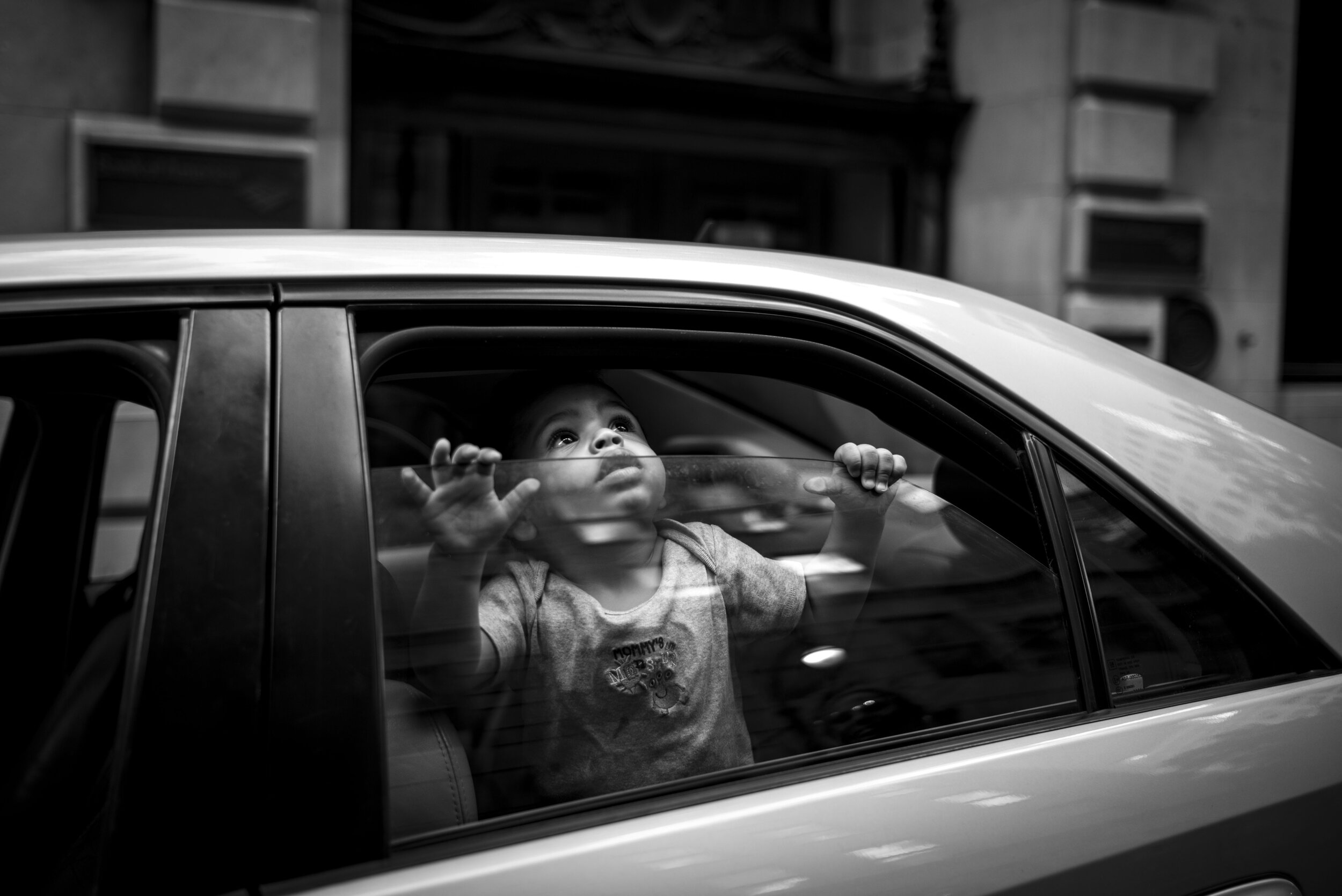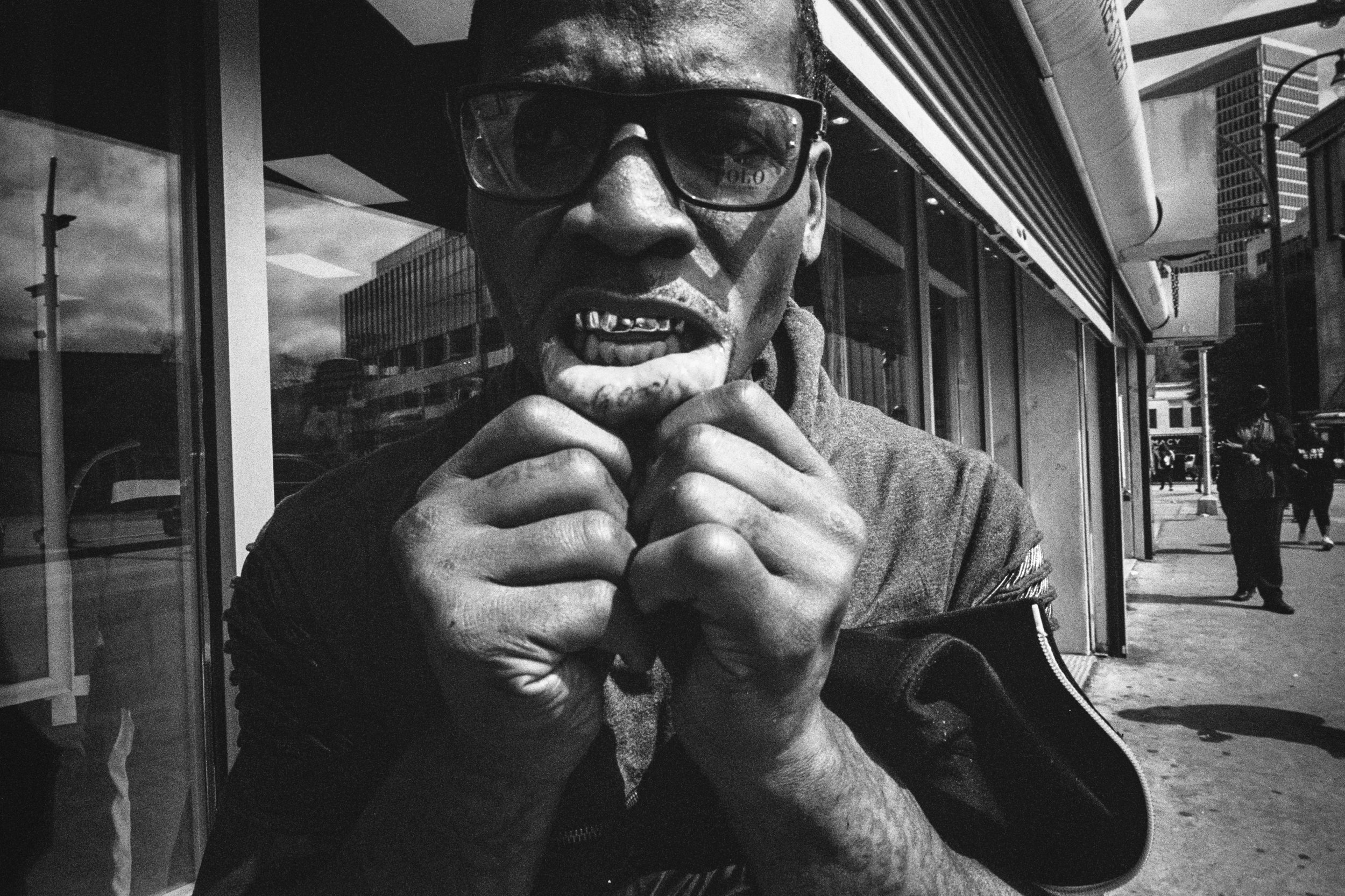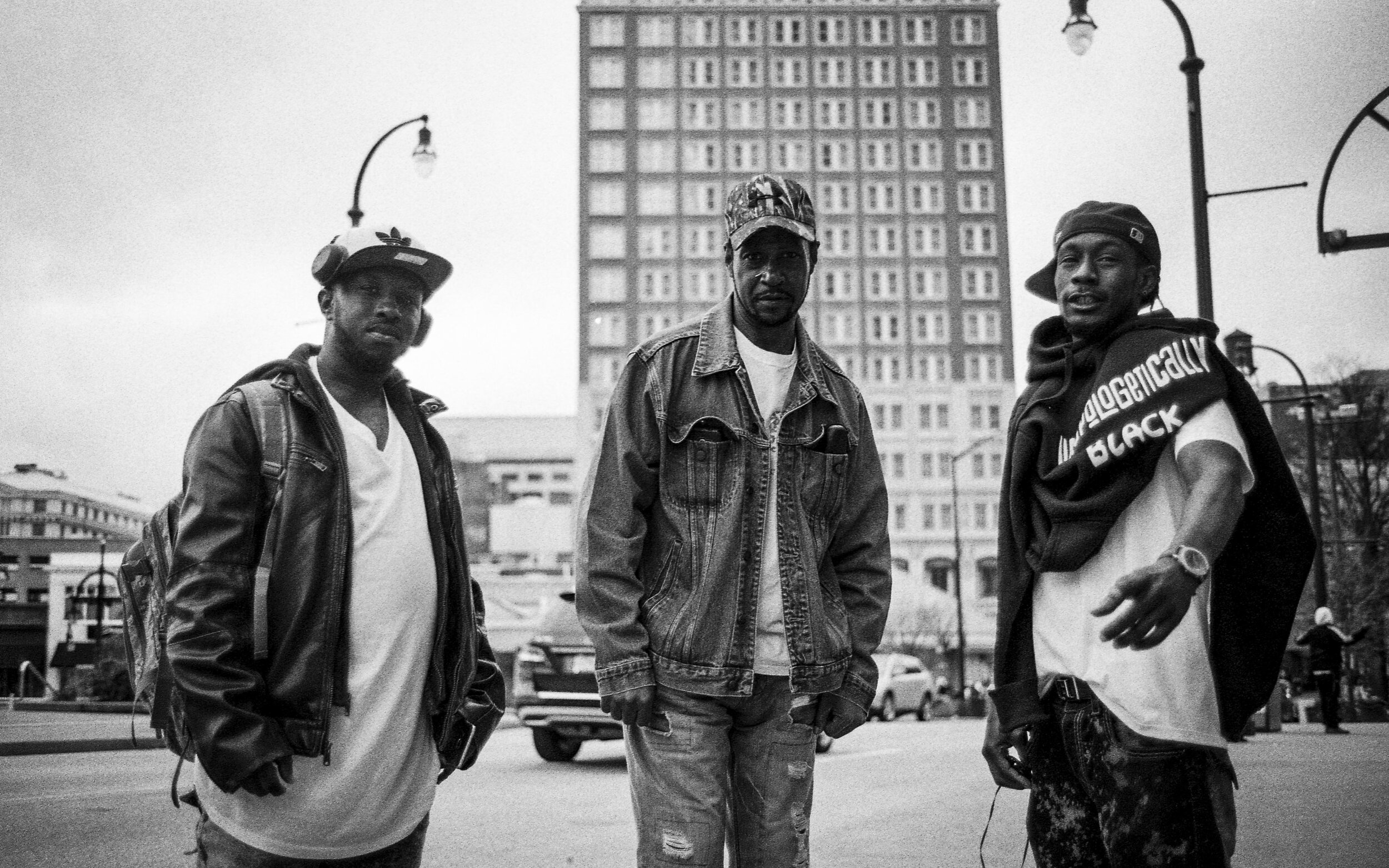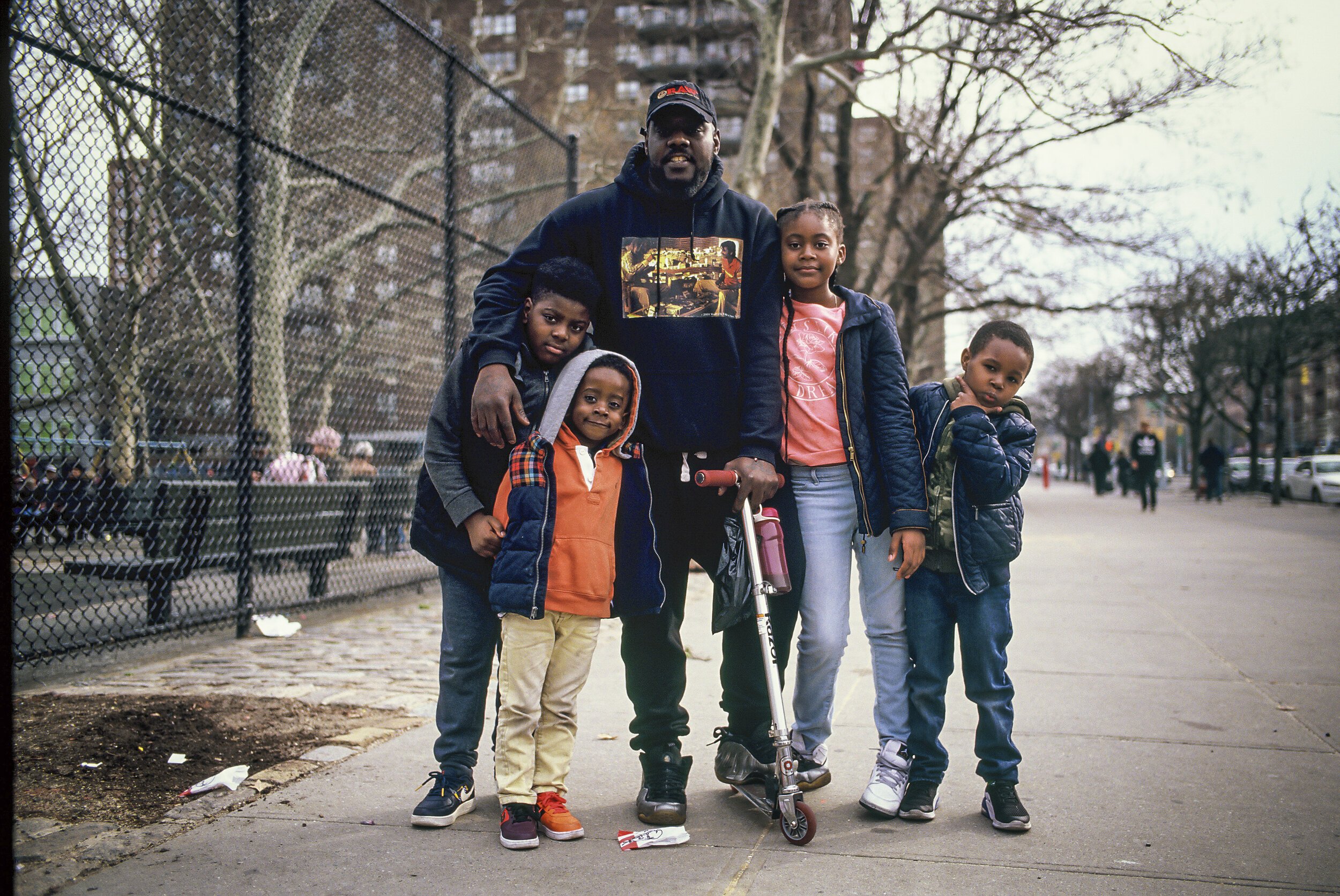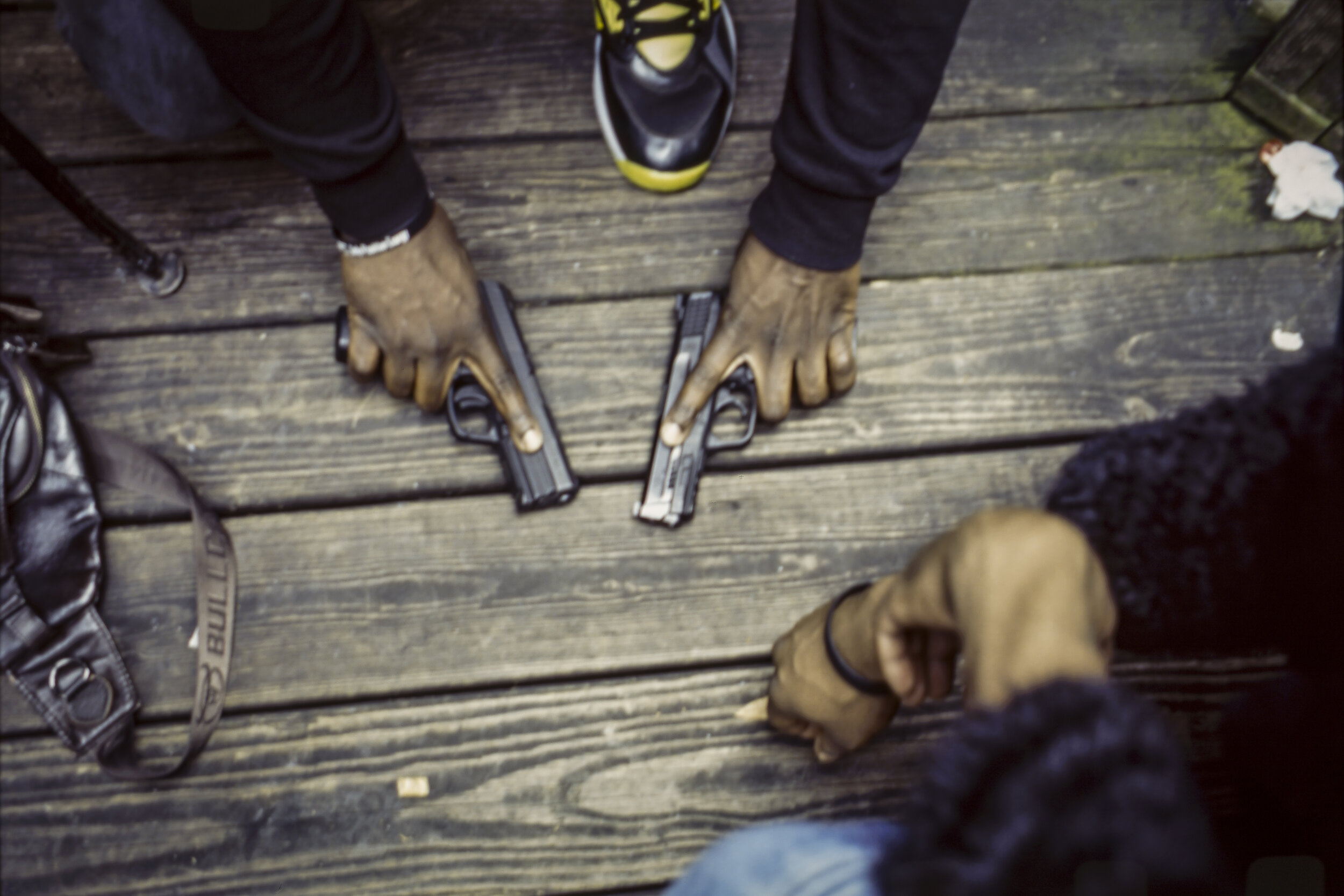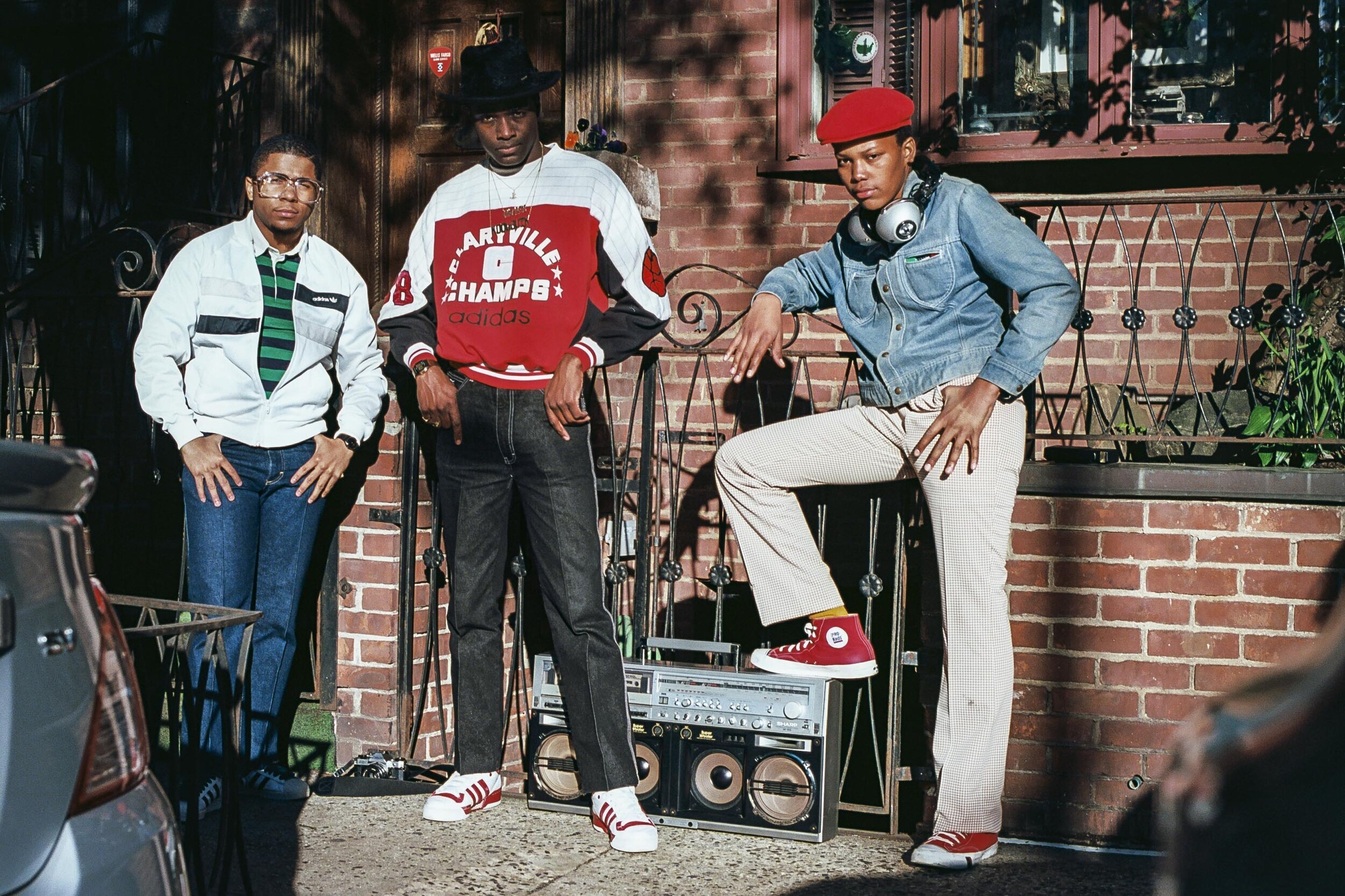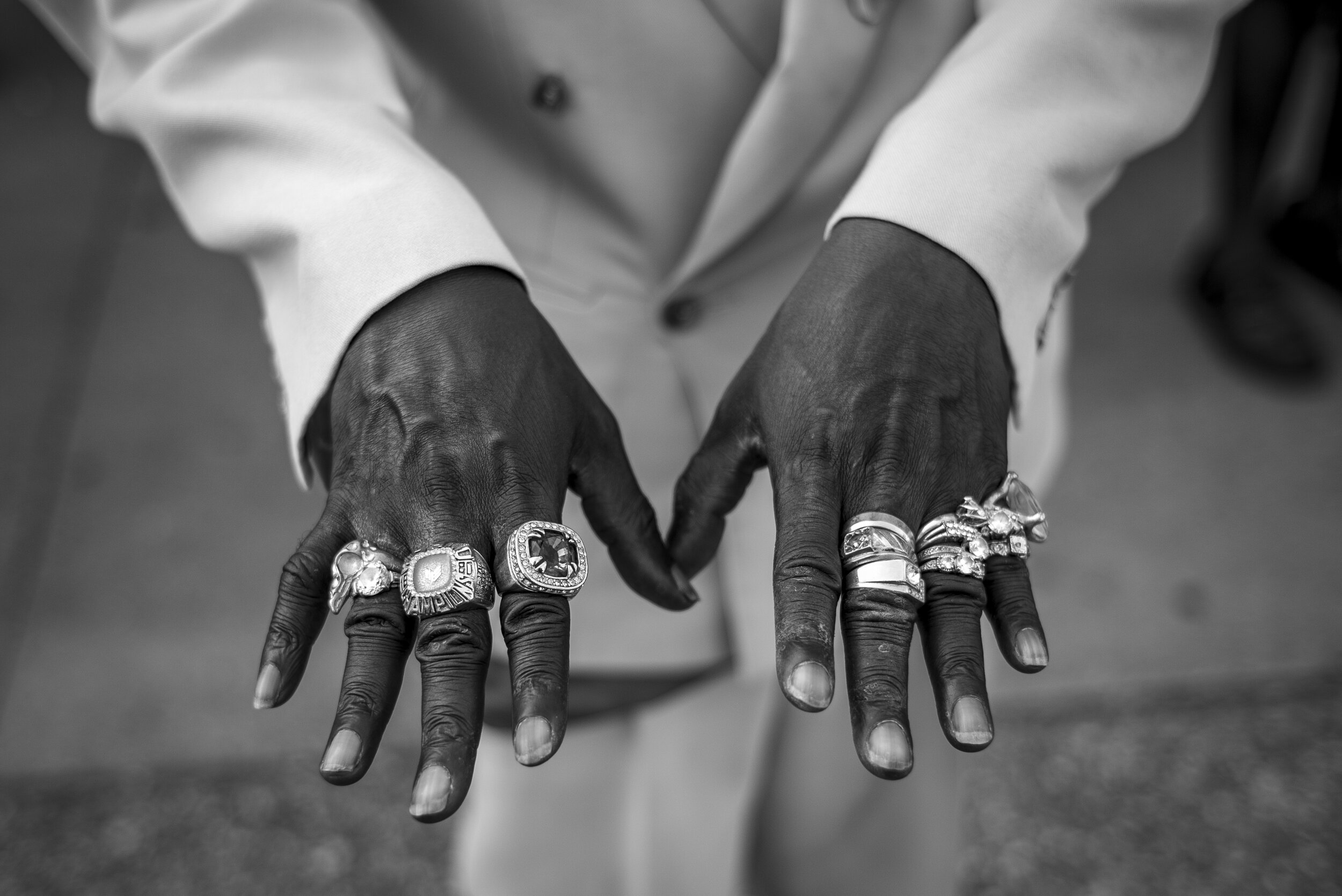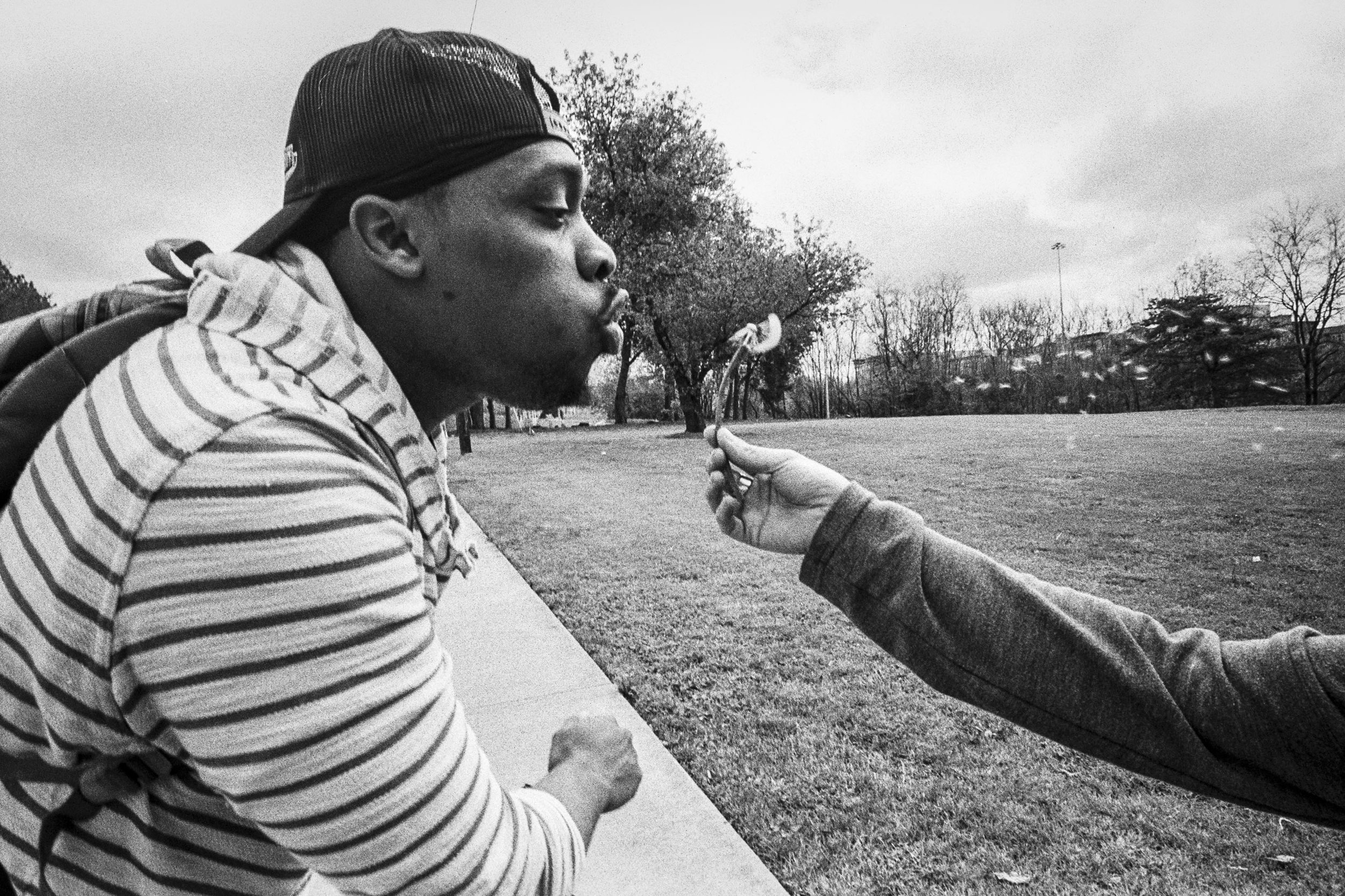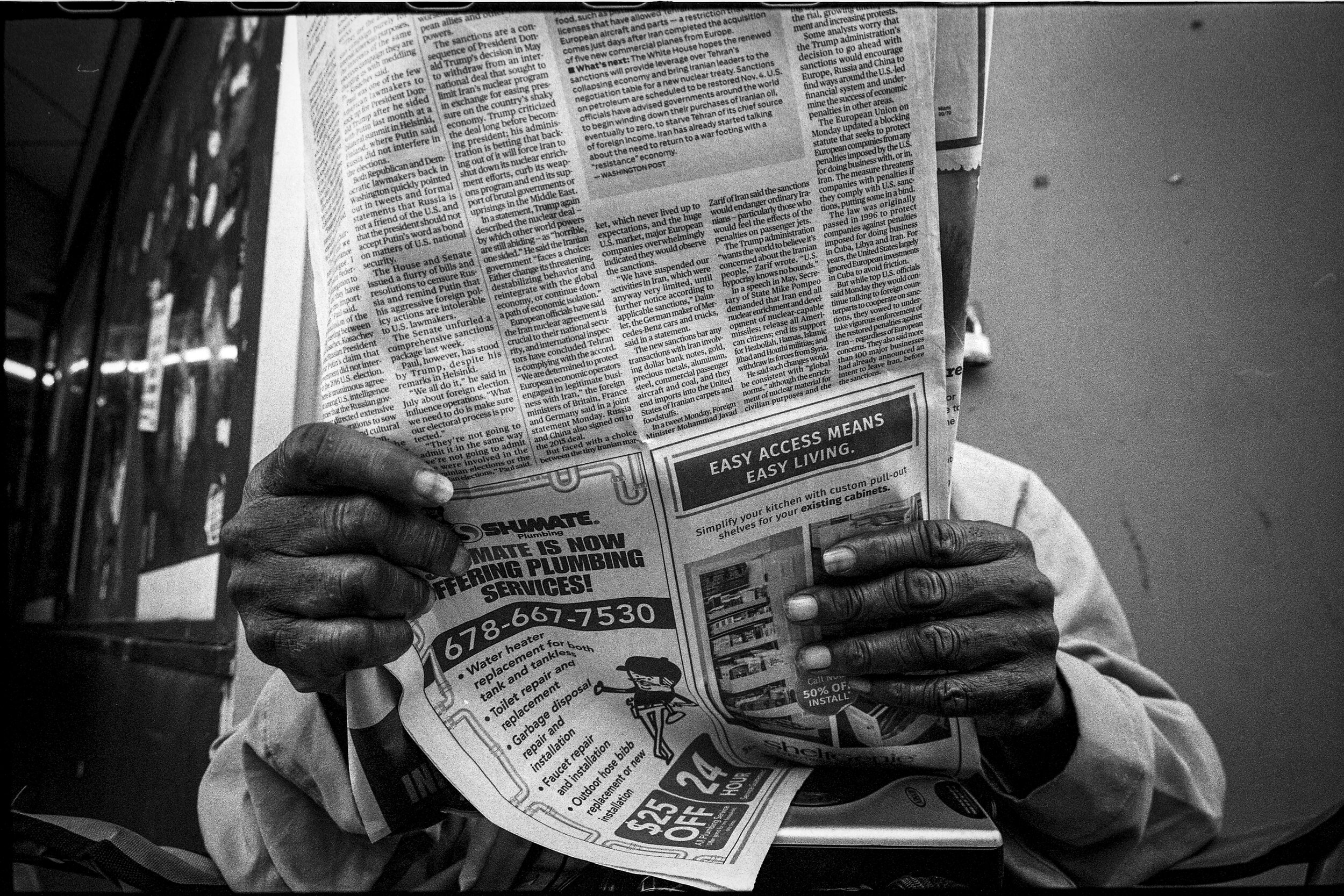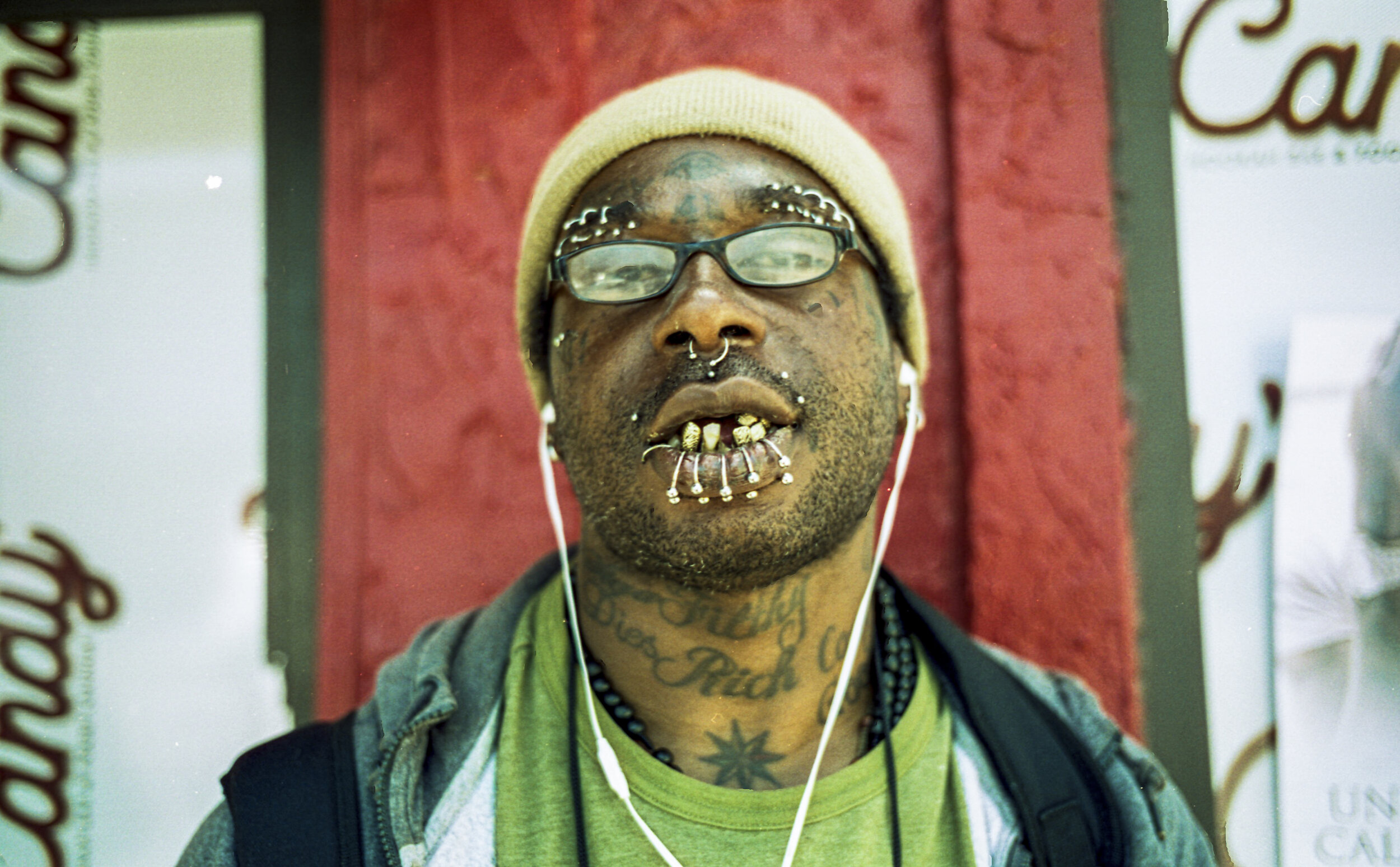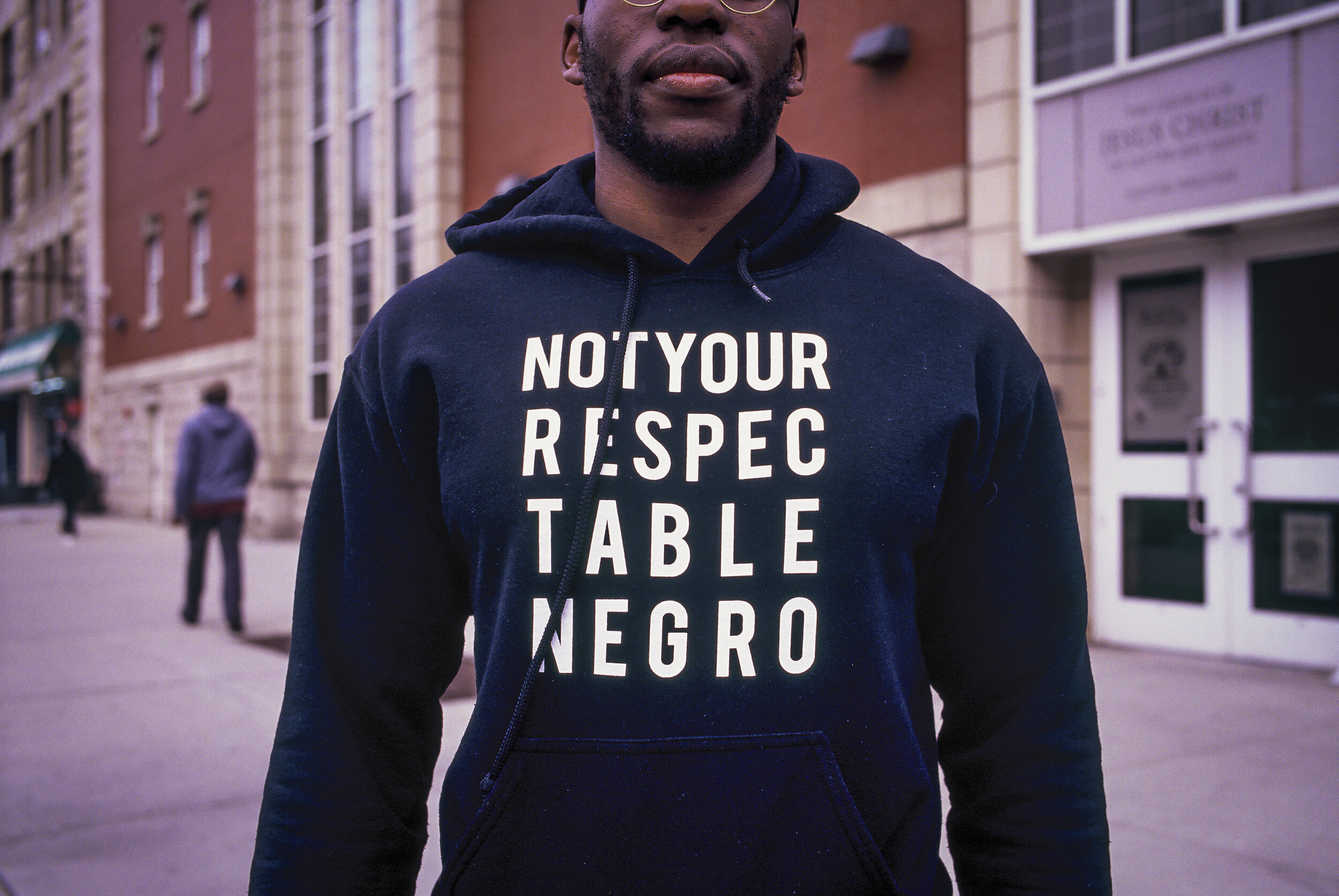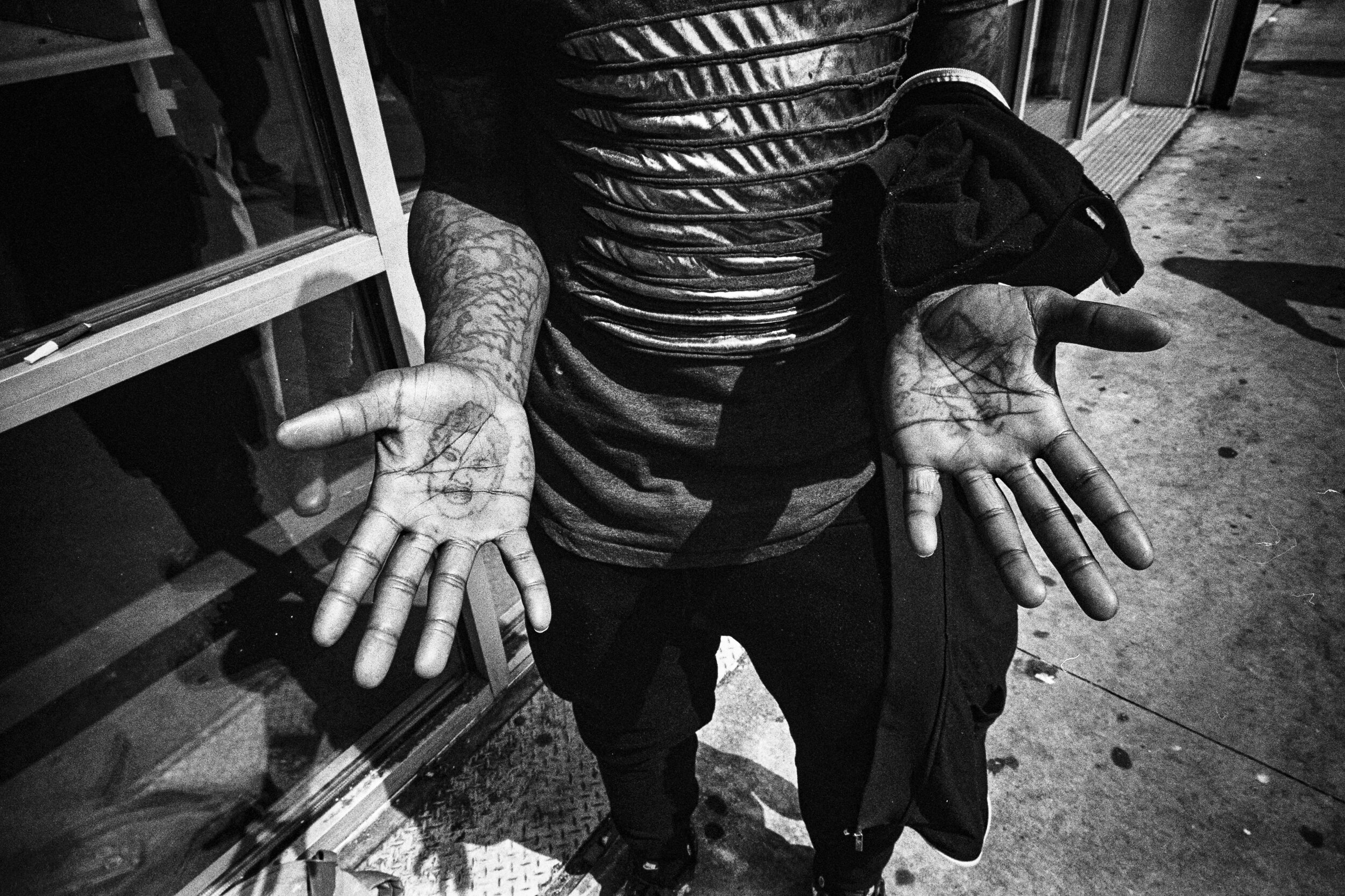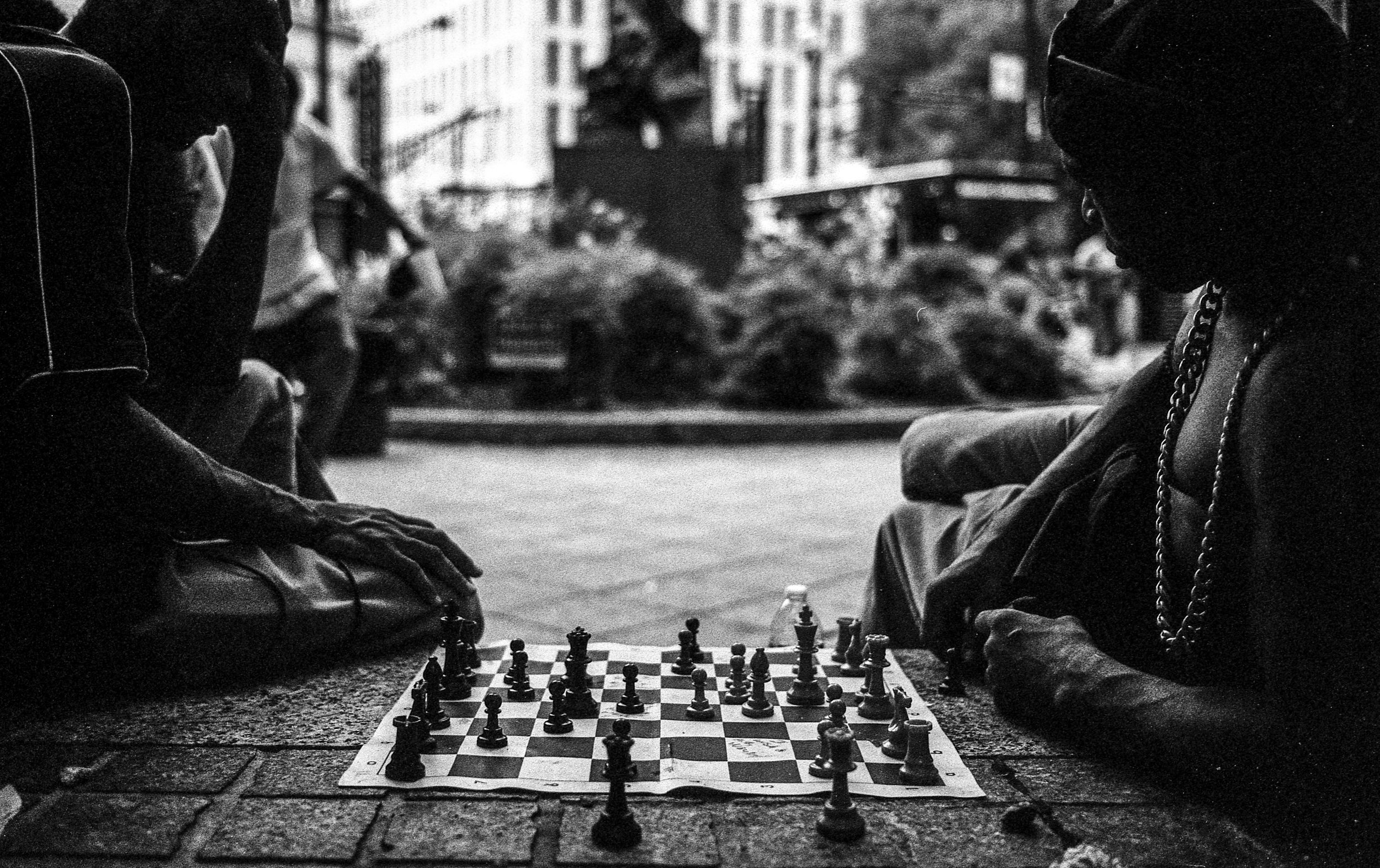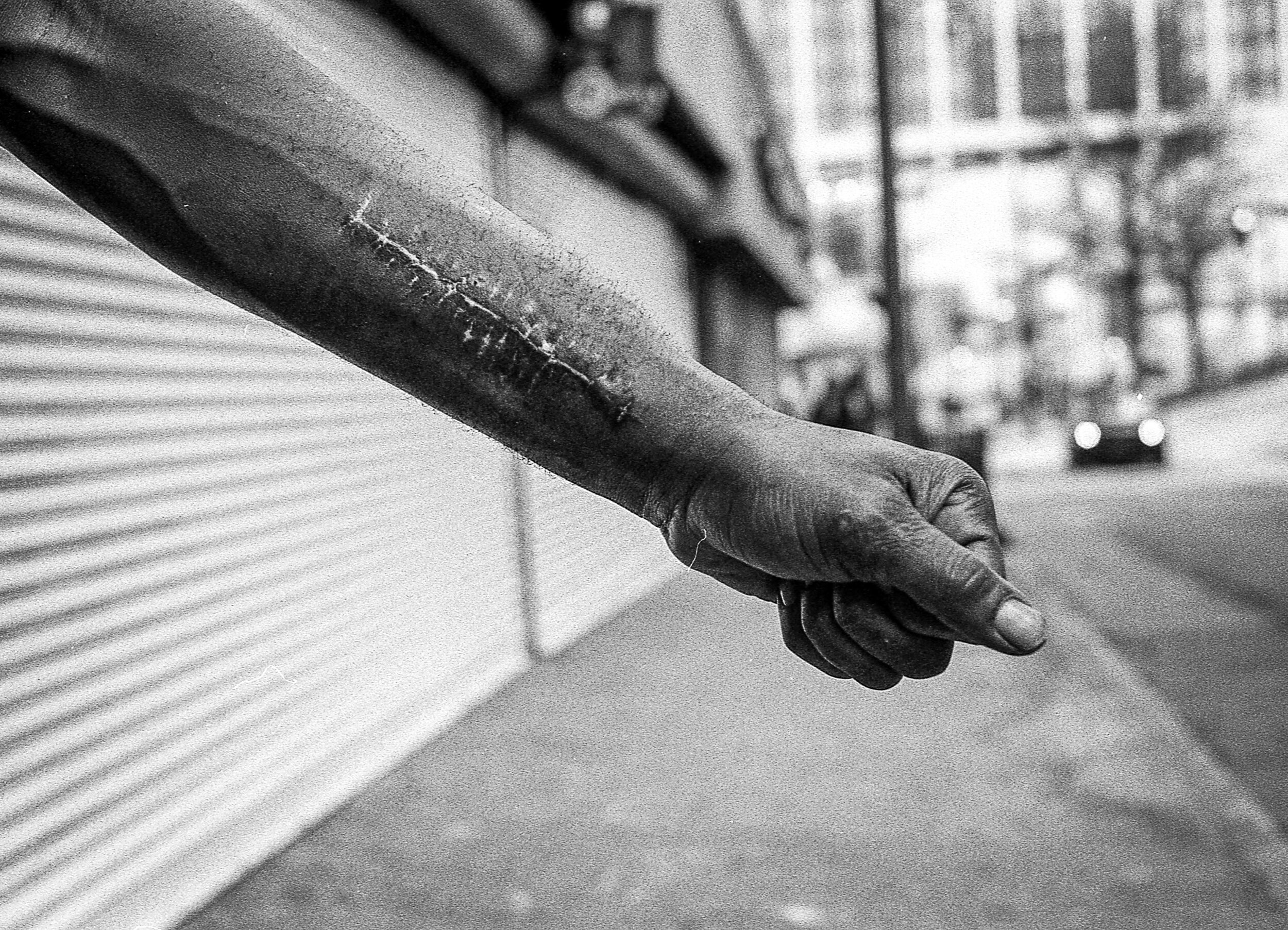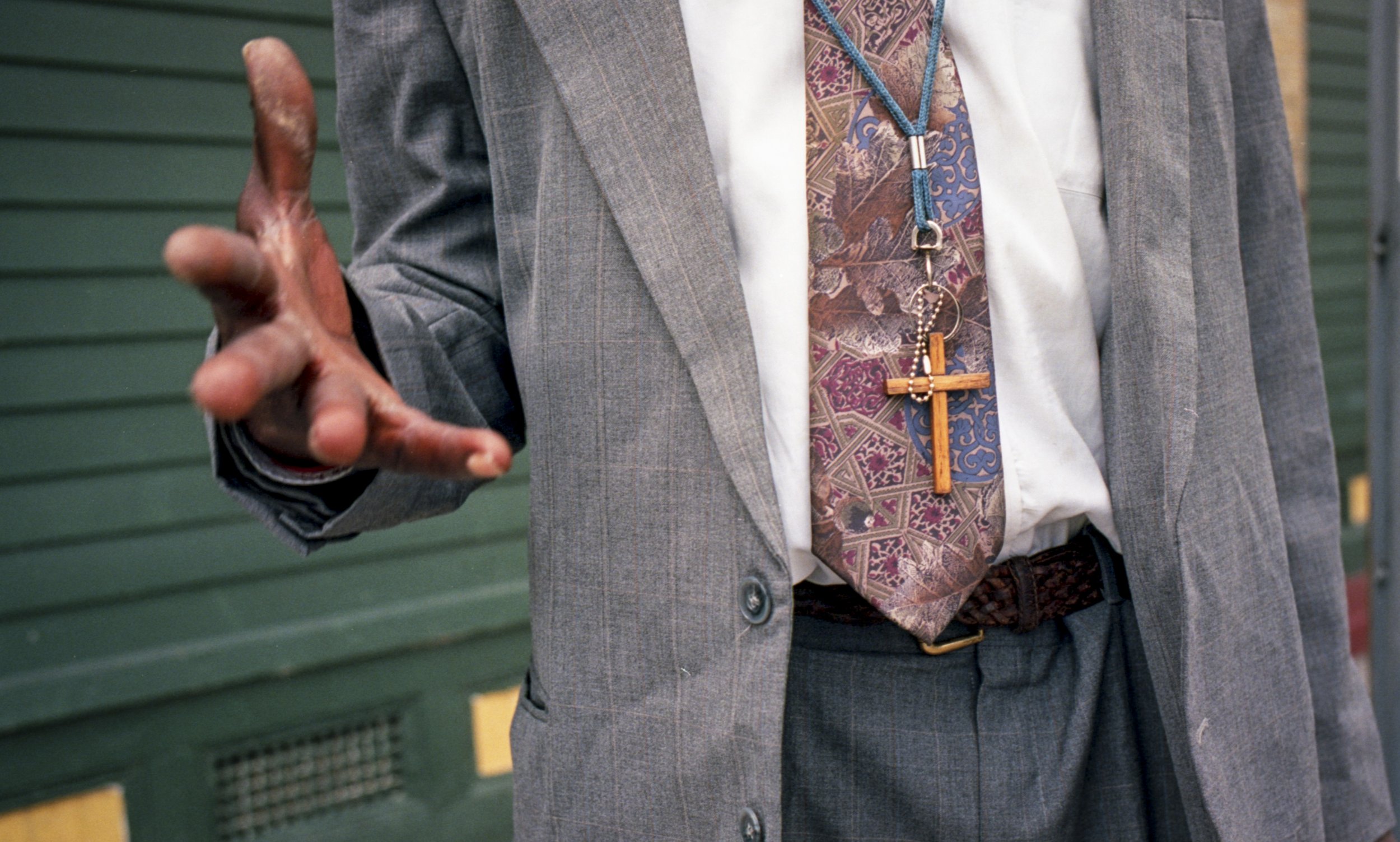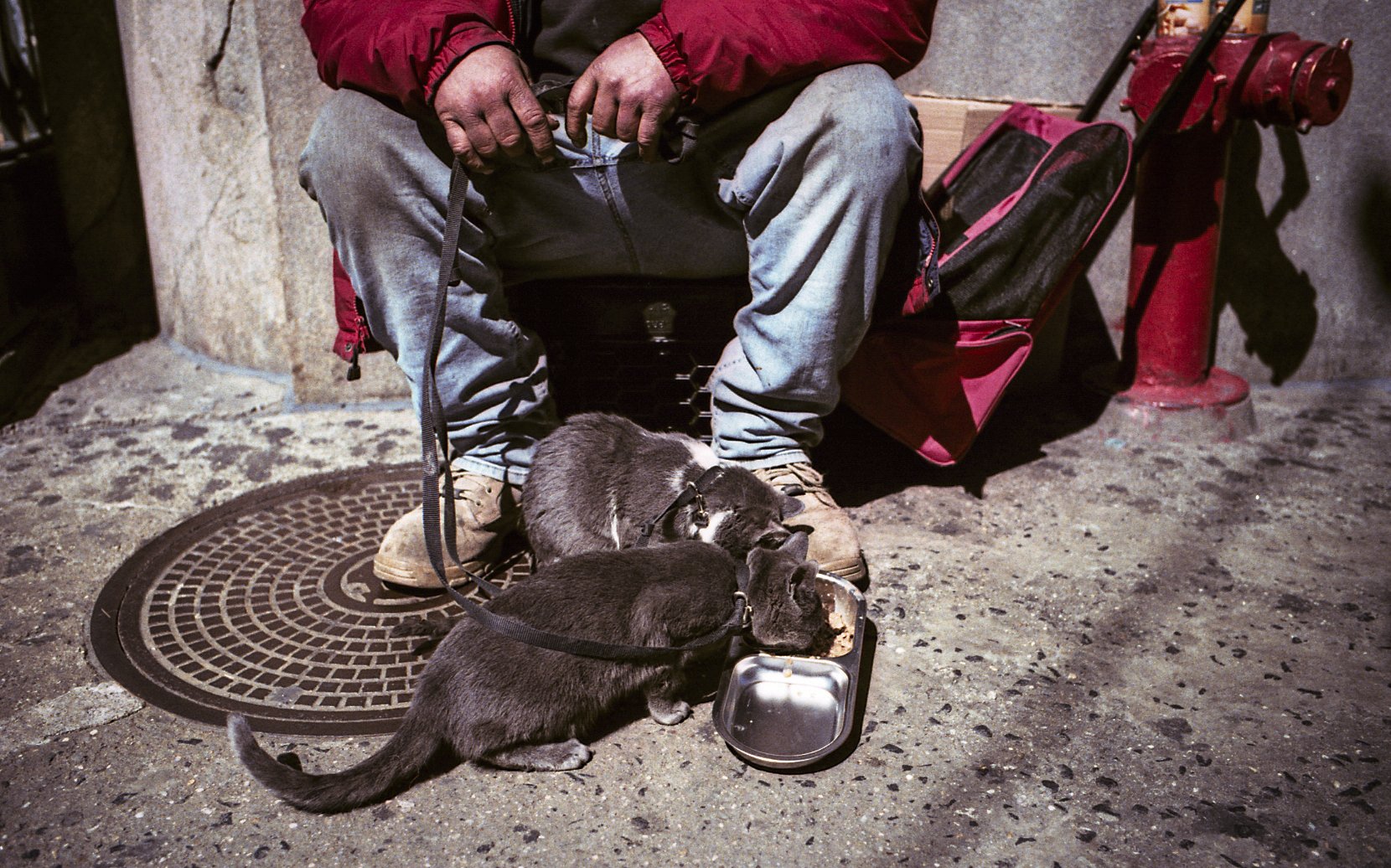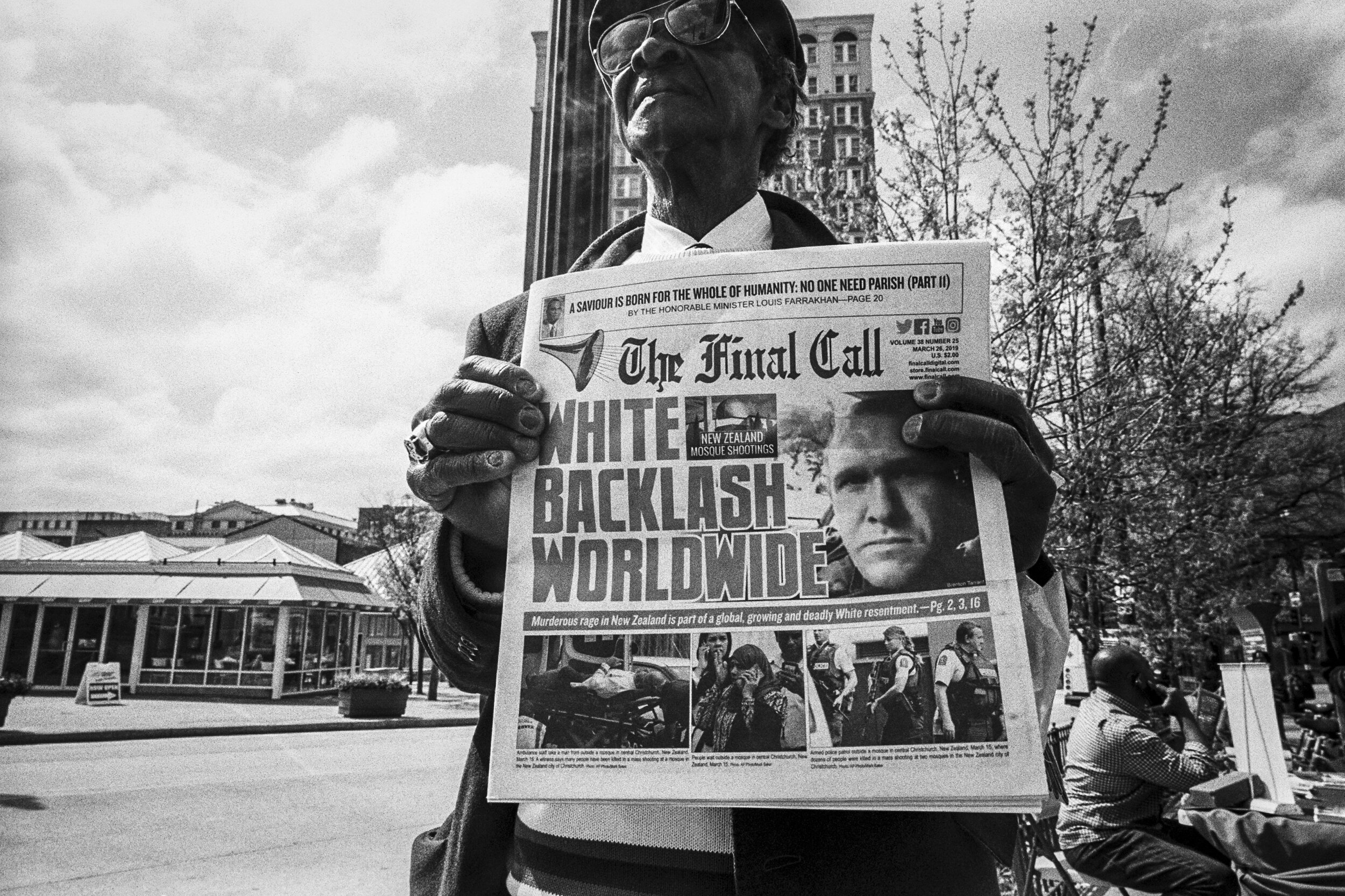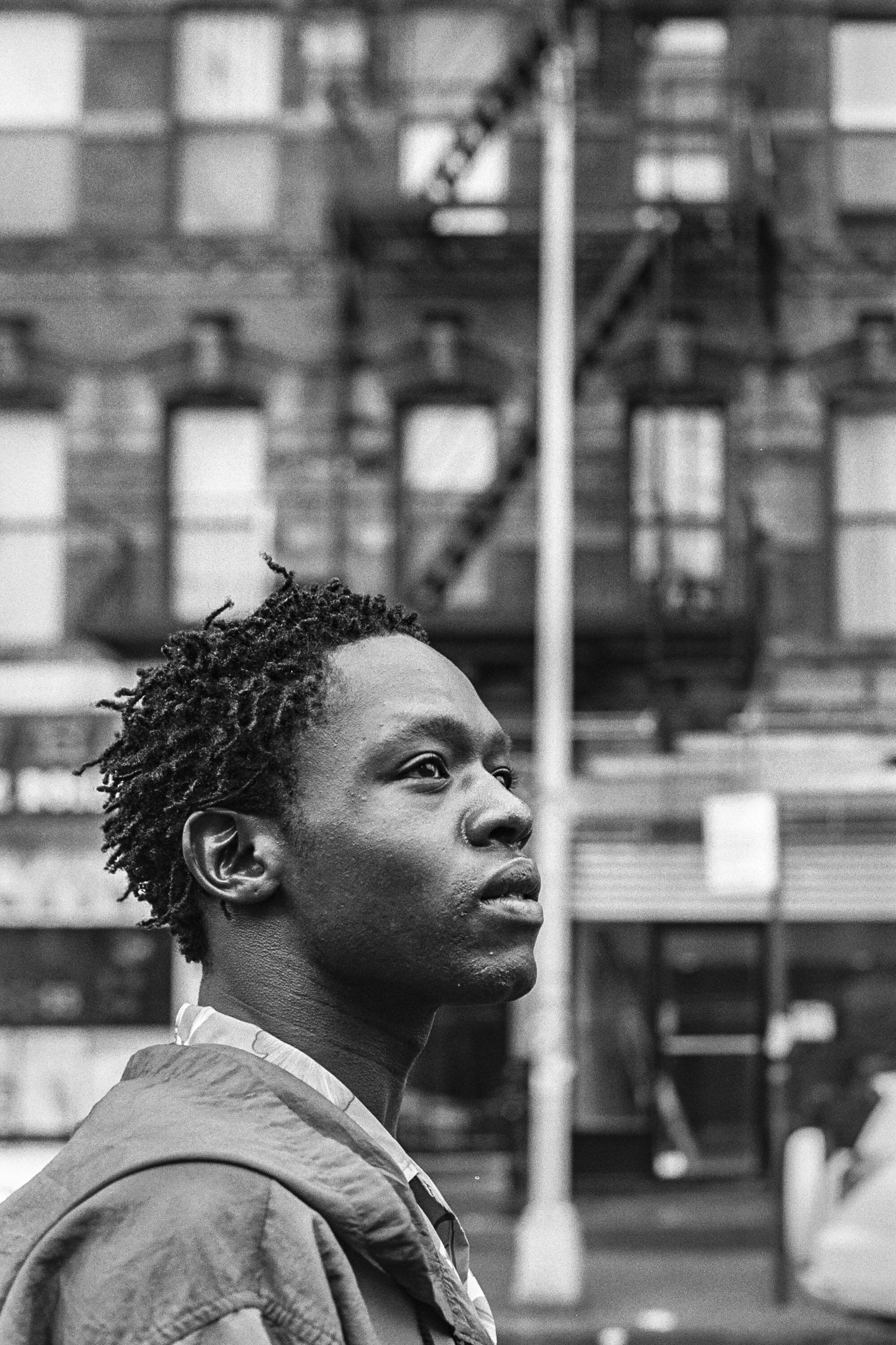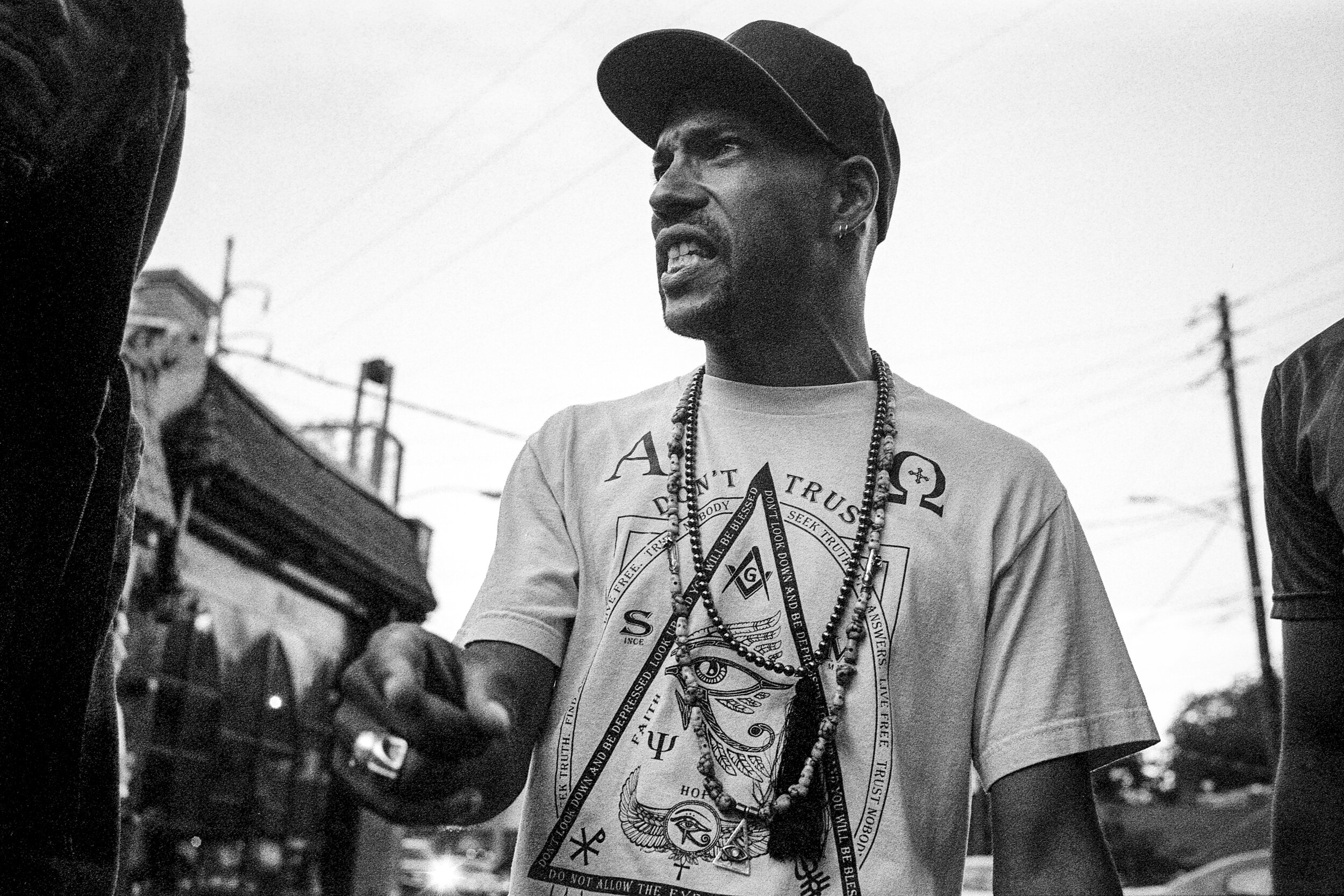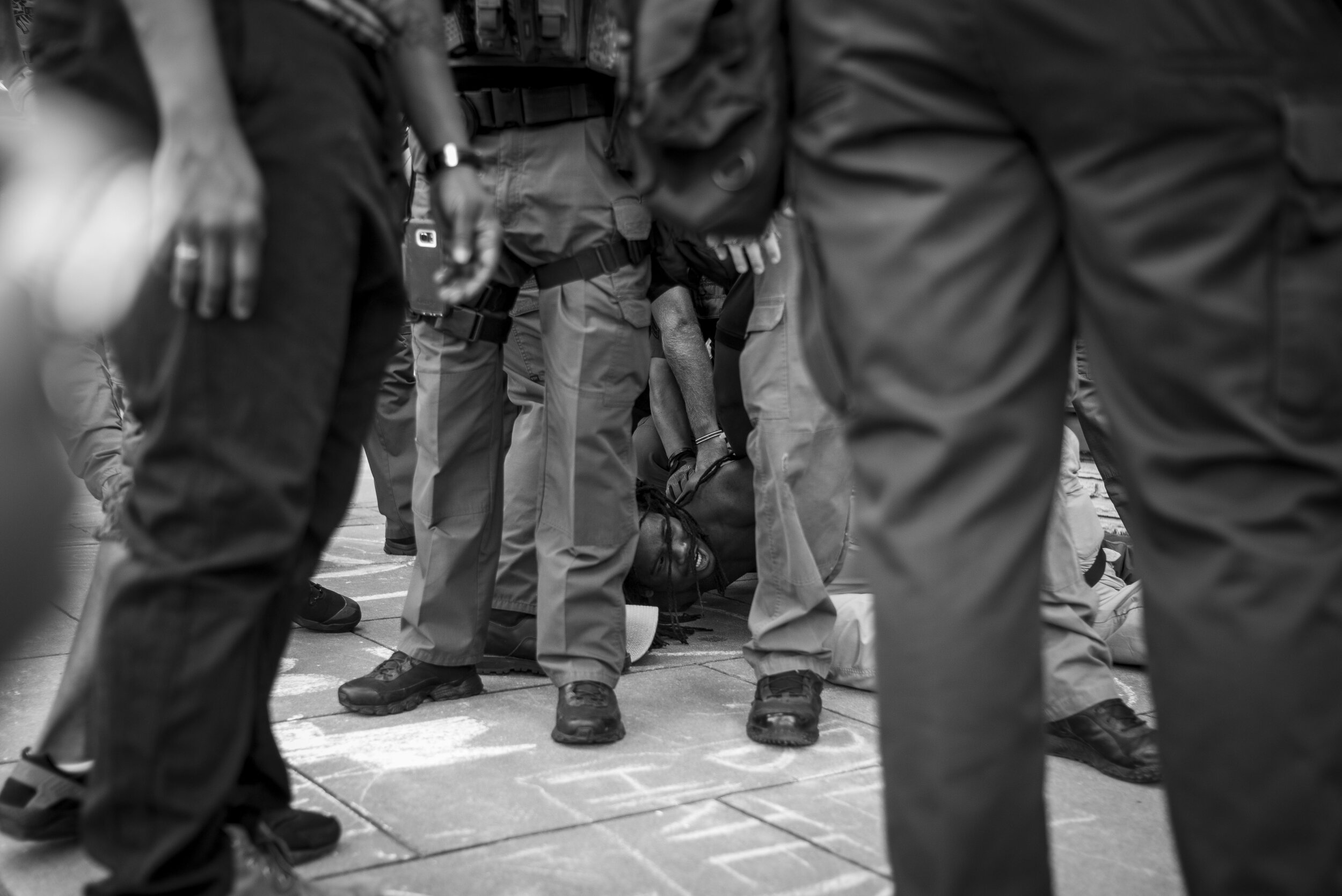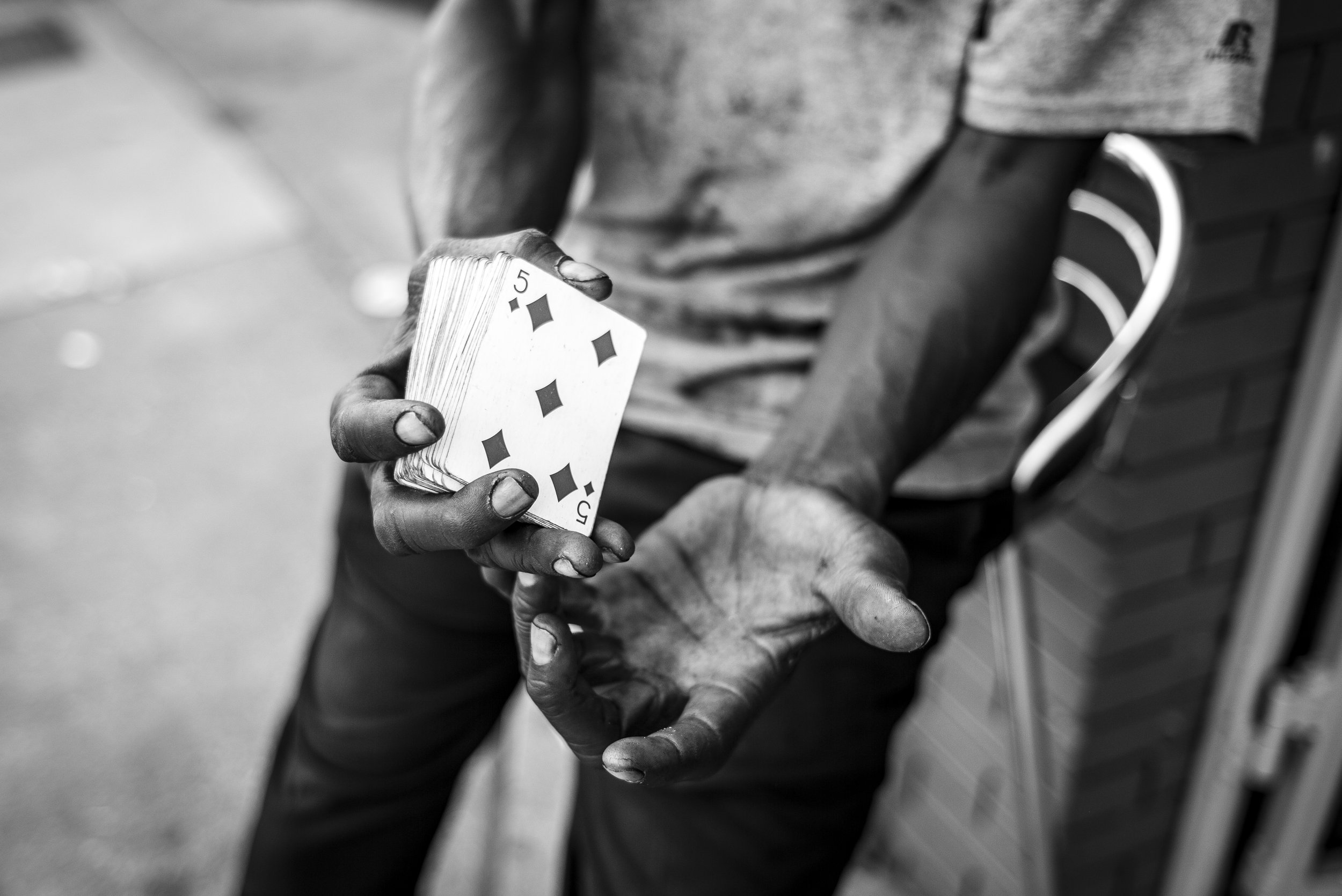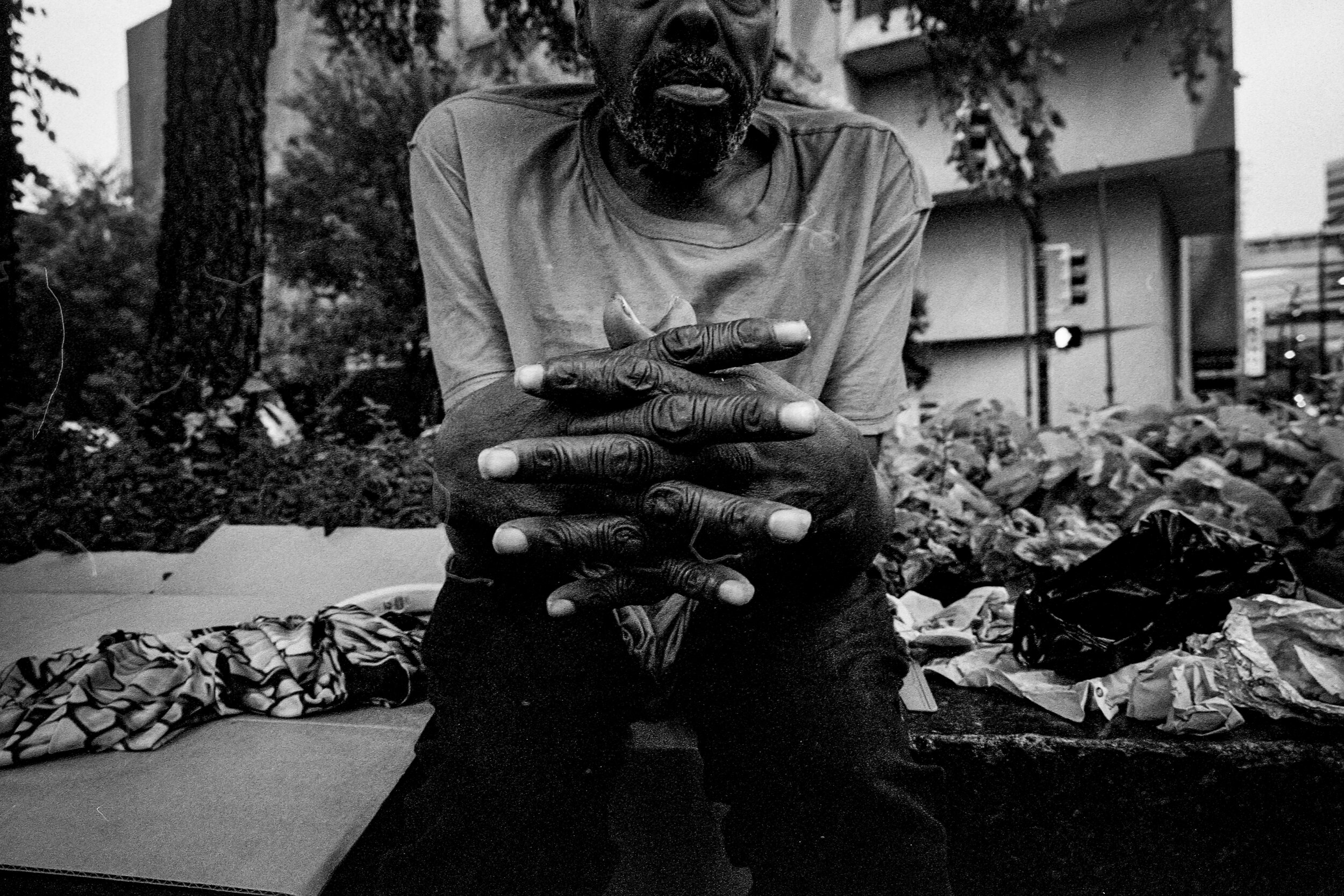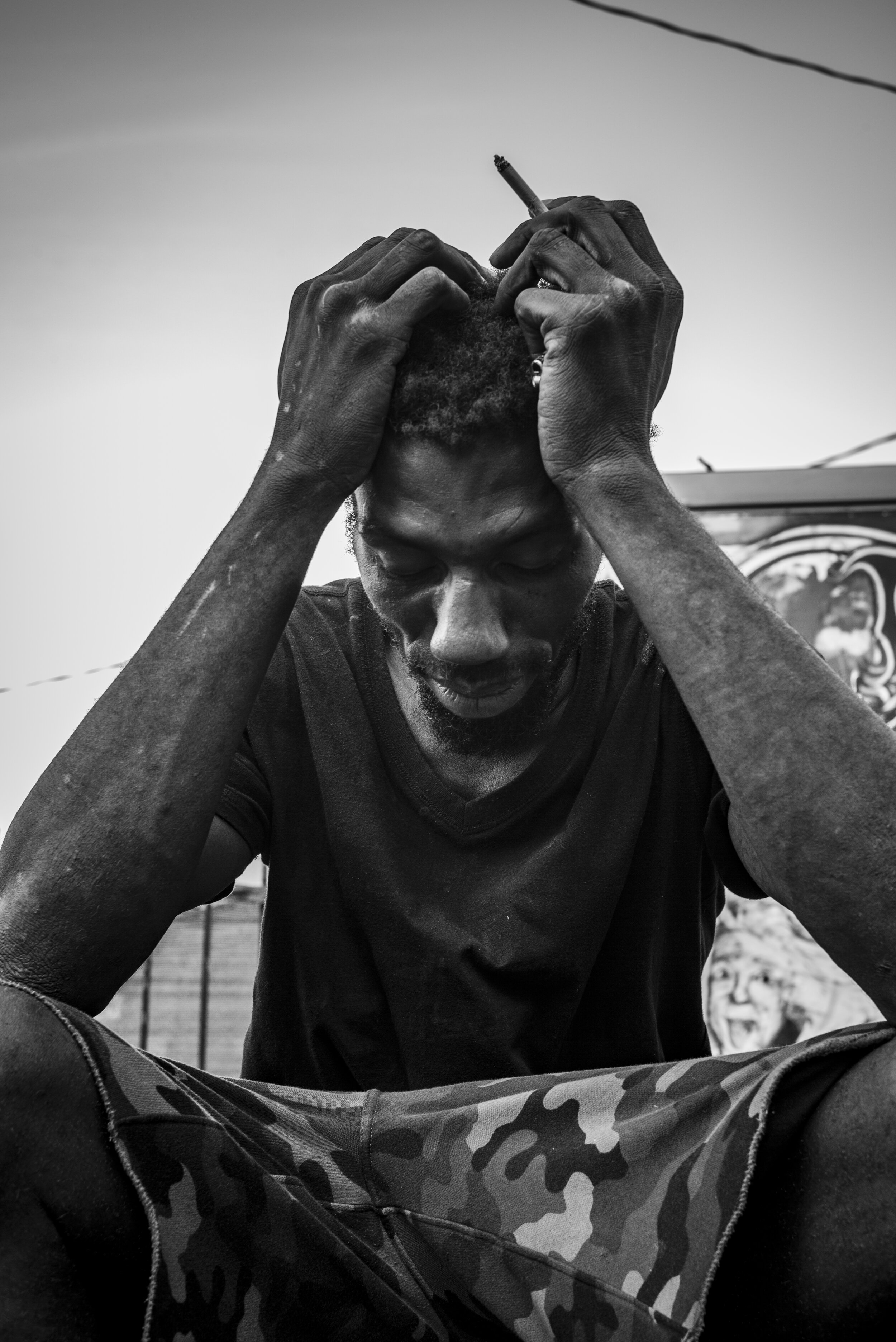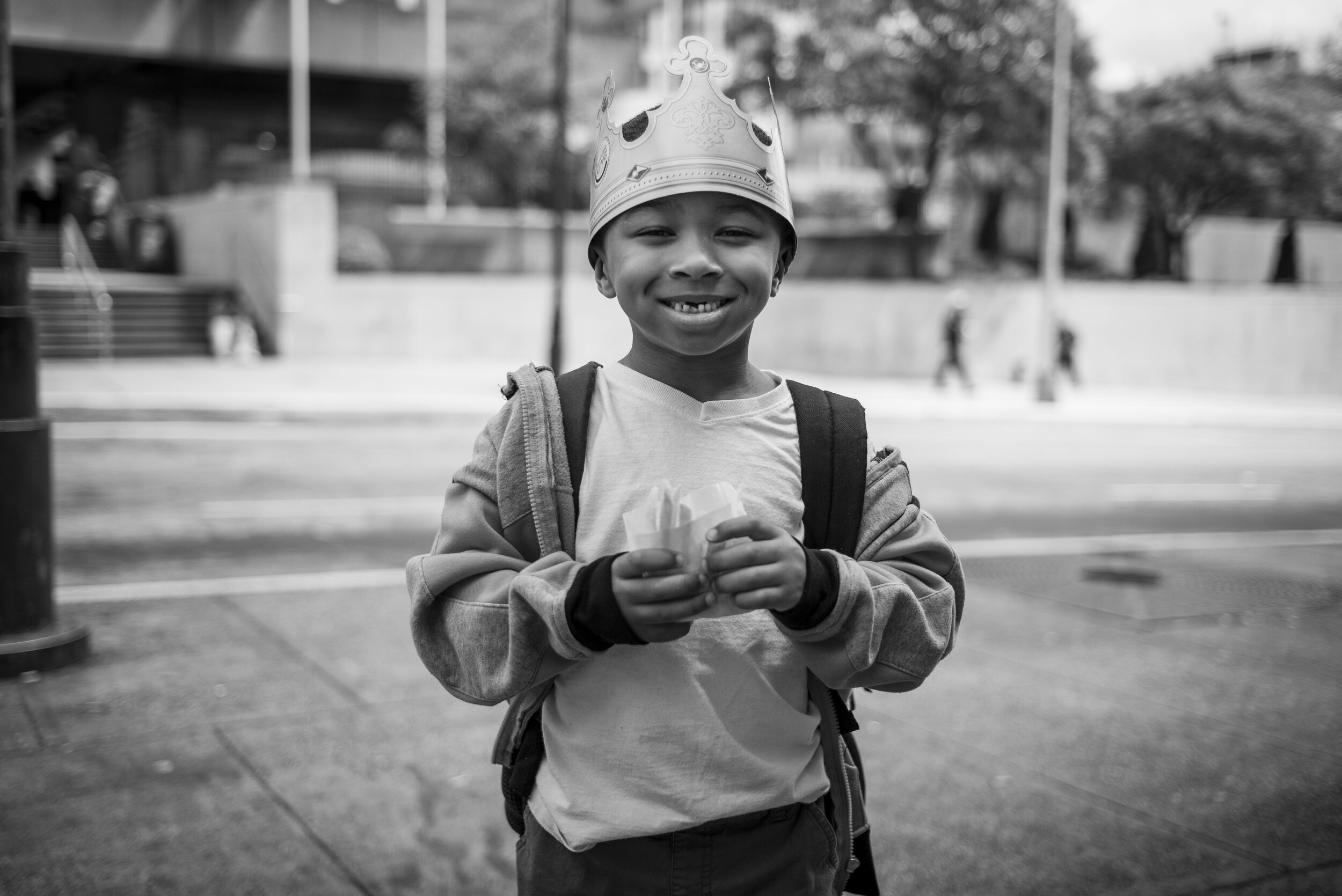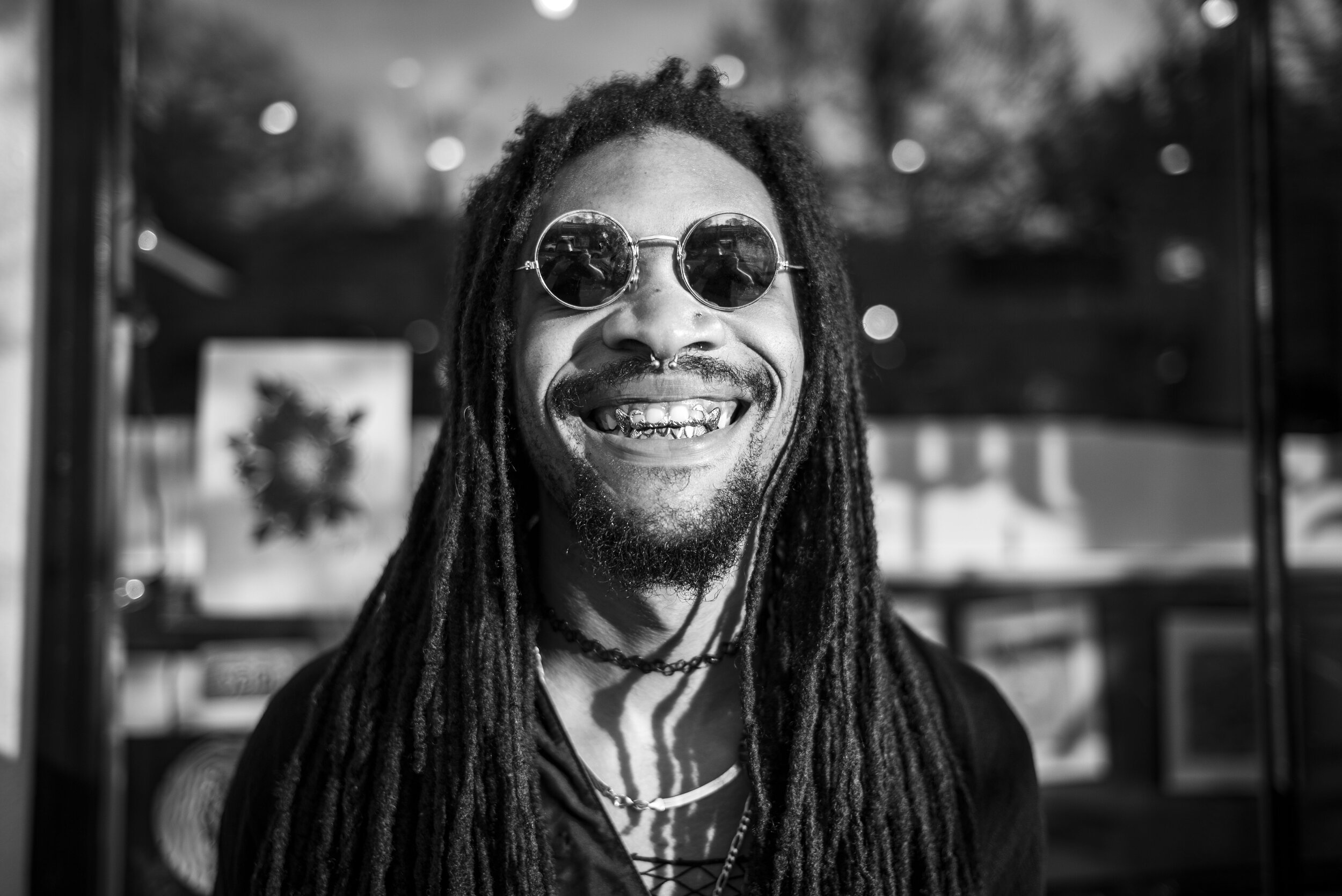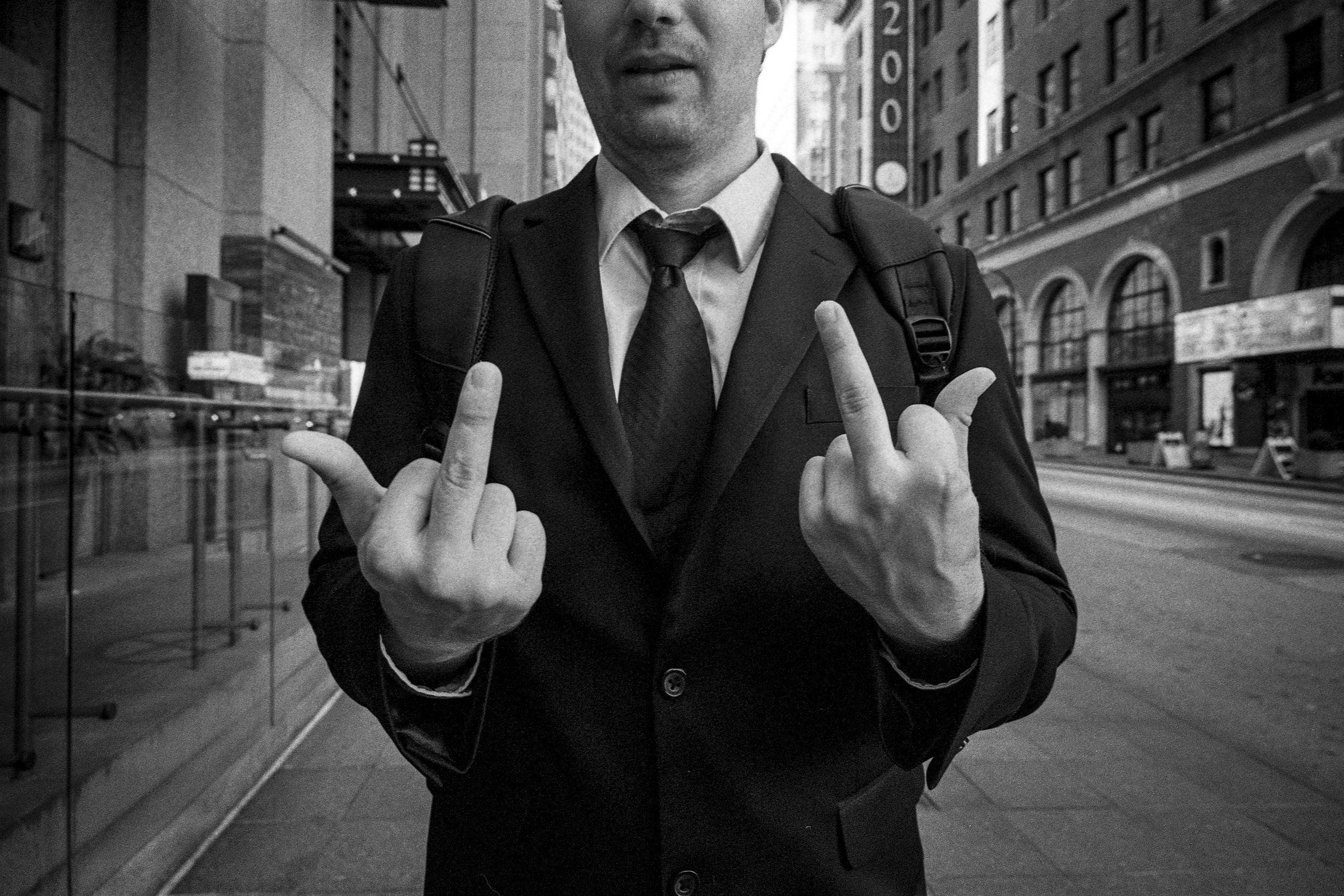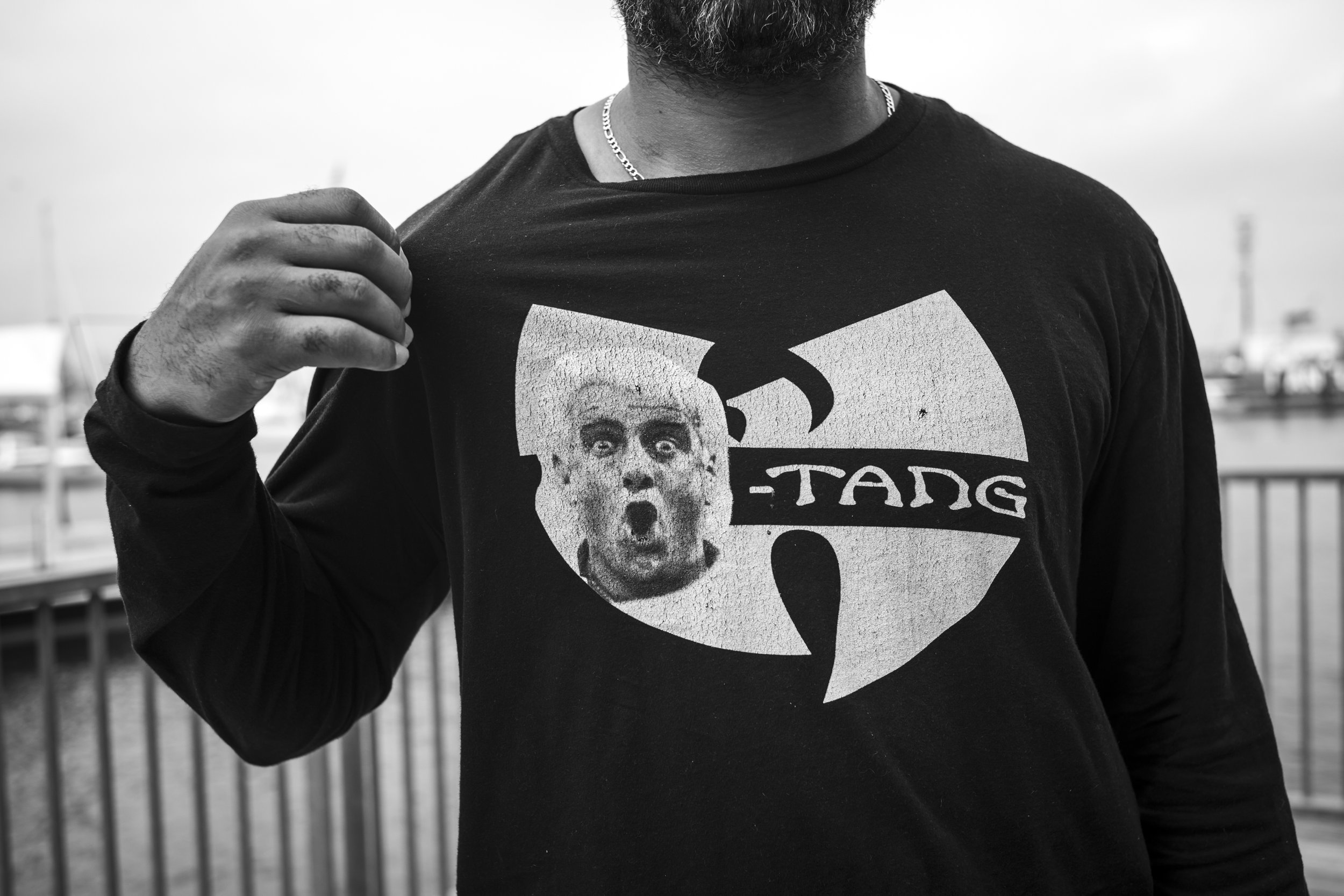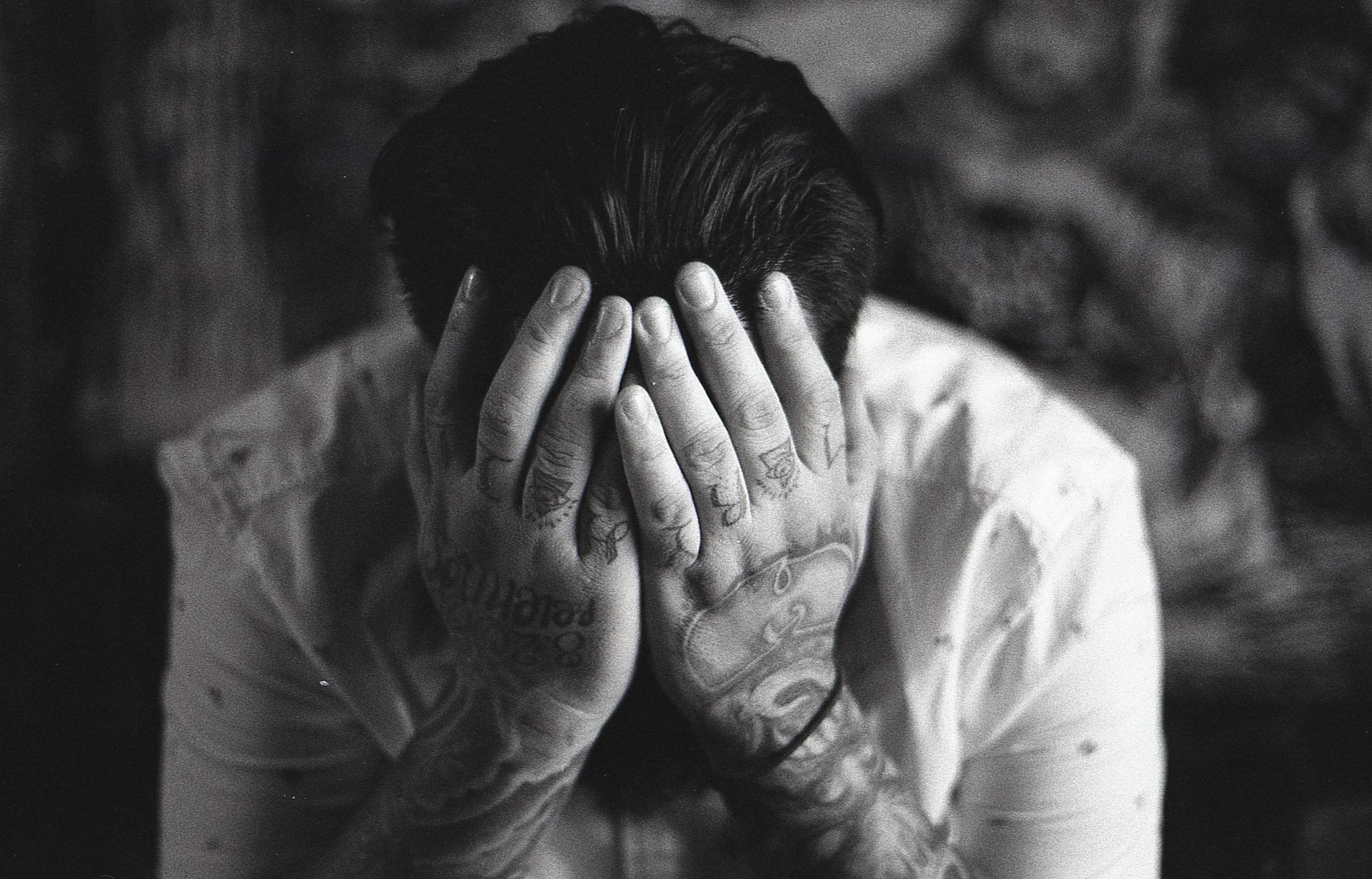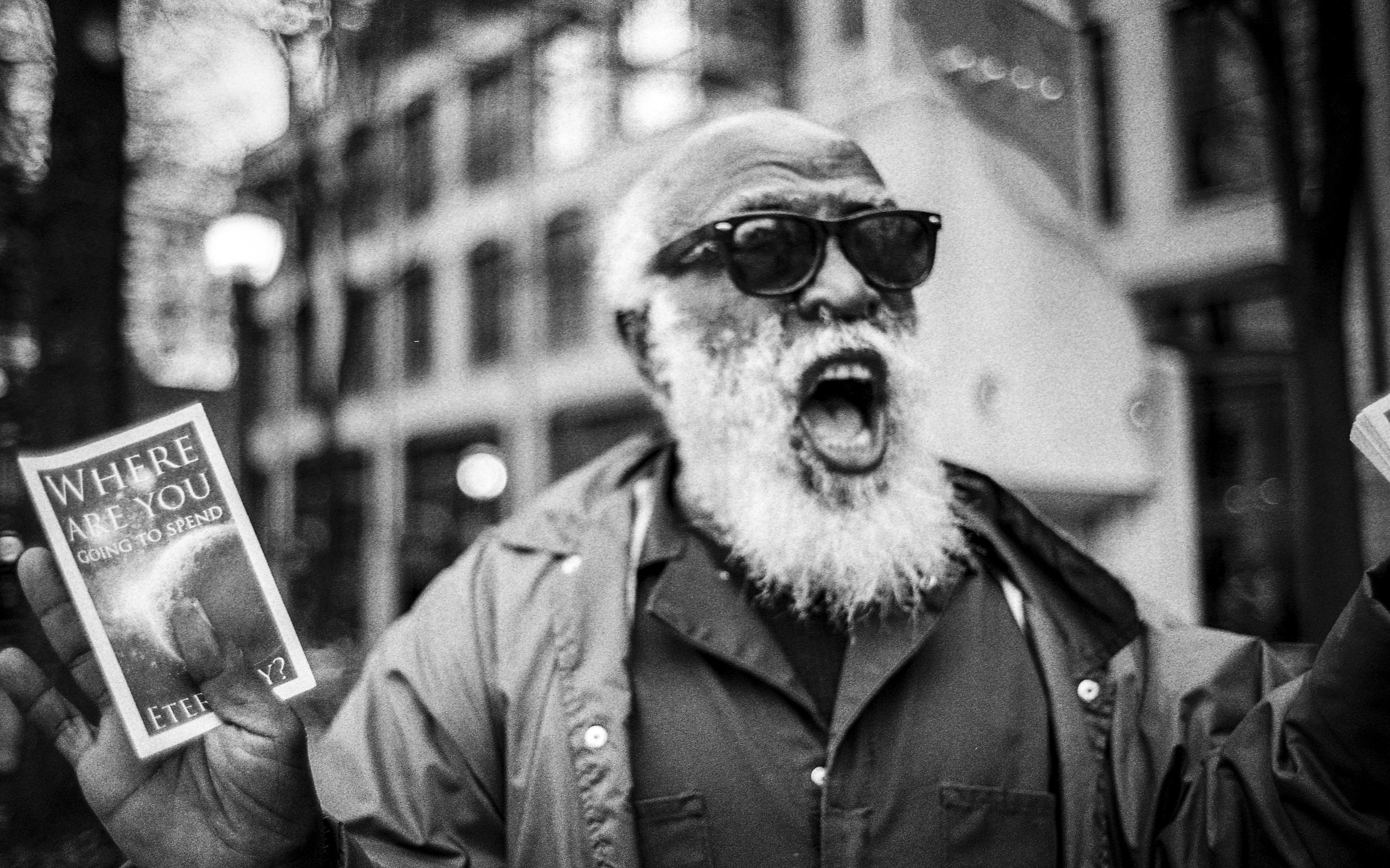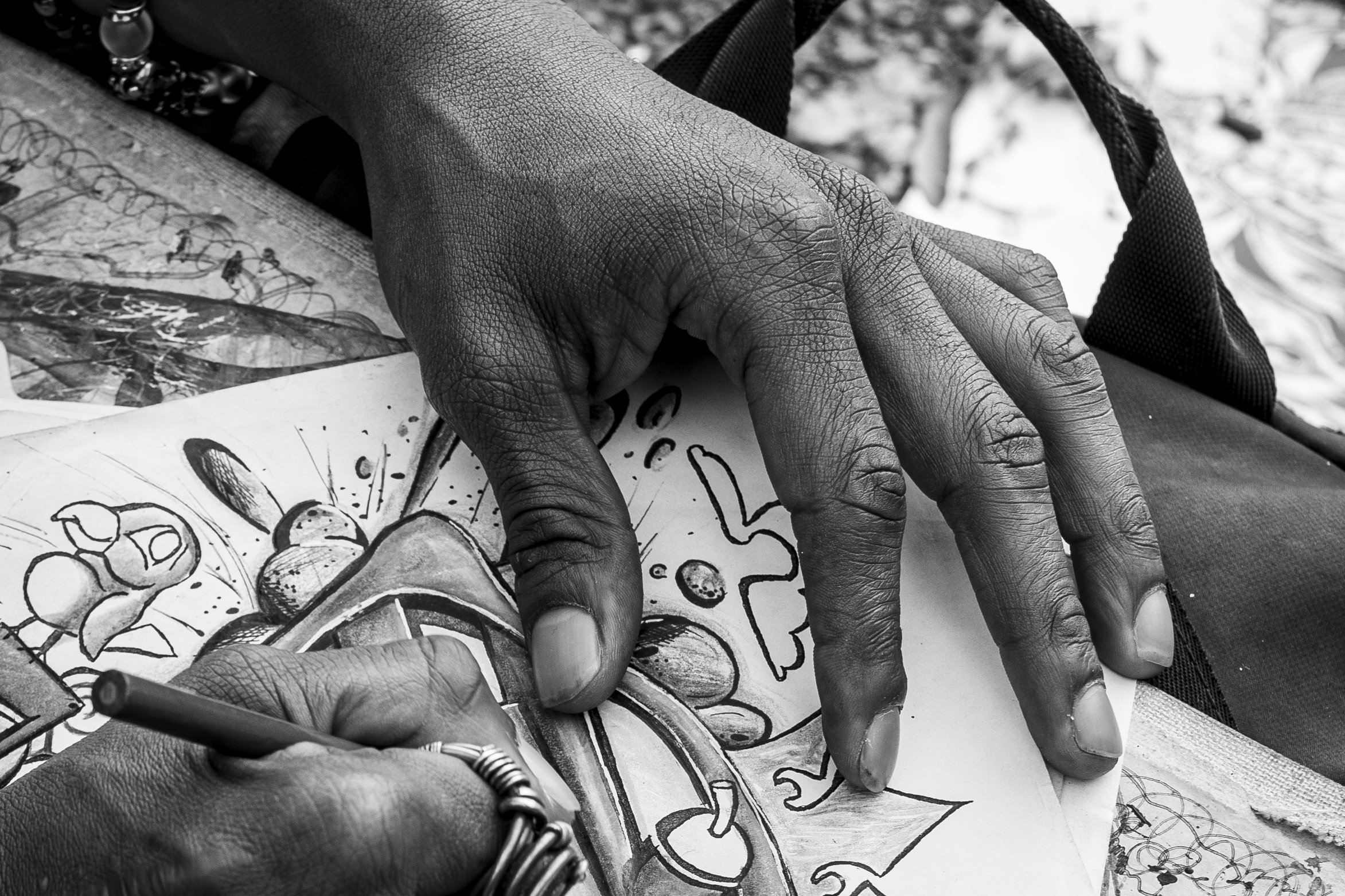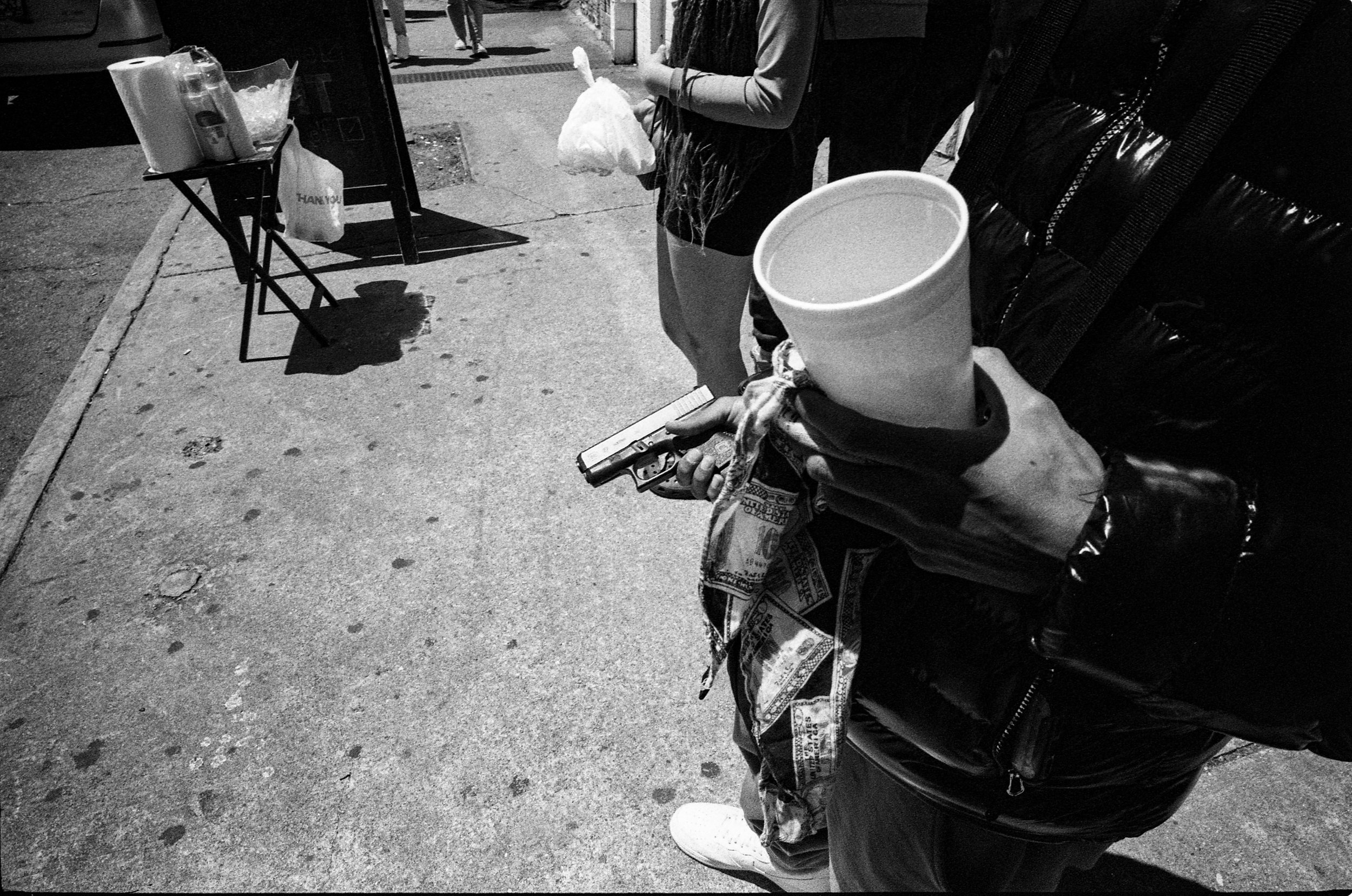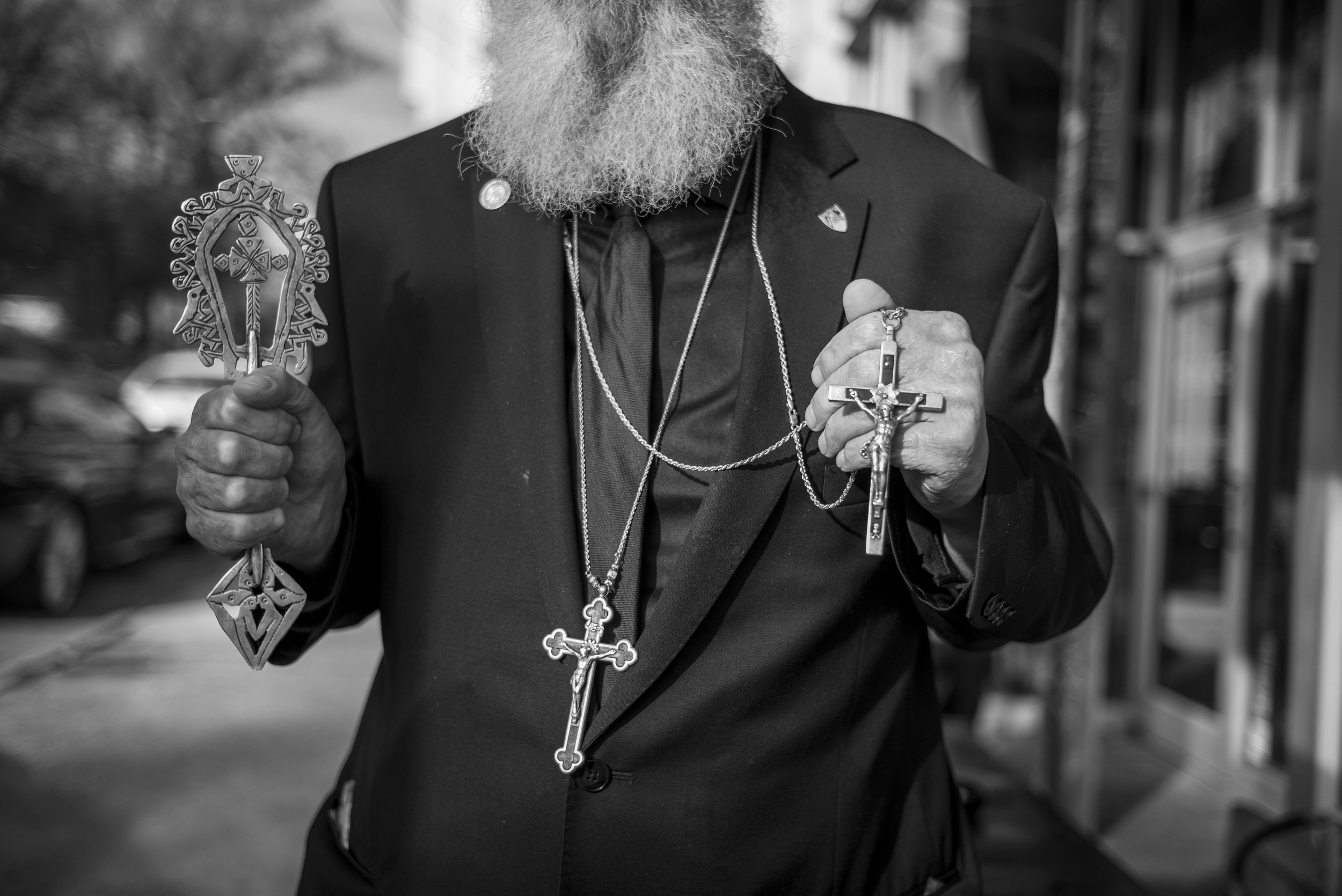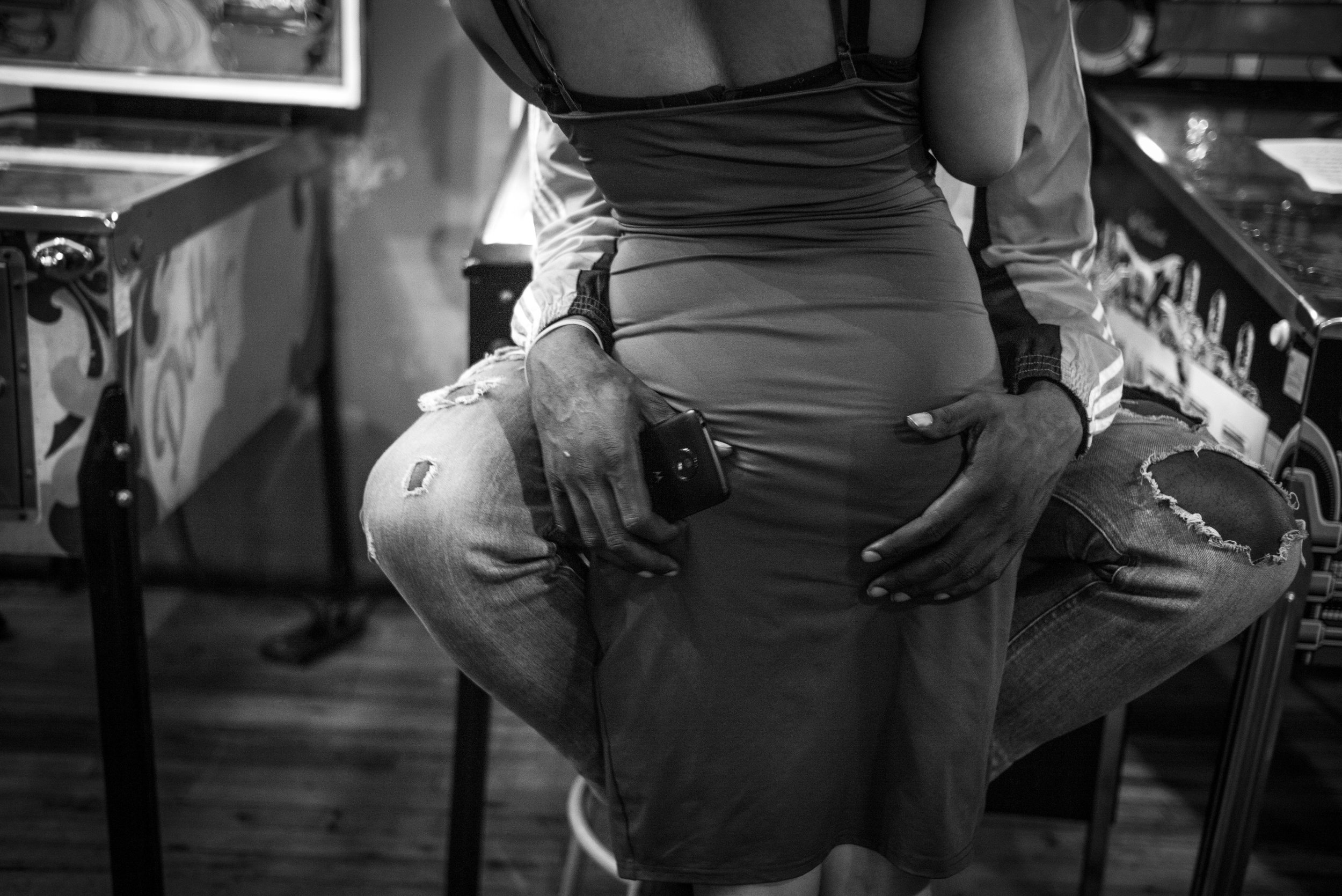-Therapy-
According to SAMHSA in 2019, suicide was the second leading cause of death for black people, ages 15 to 24. The death rate from suicide for black men was four times greater than for African American women, in 2018.
Mental health and self care are, in many ways, a new phenomena in the Black community. Often in times of crisis, we have been told by our elders and peers to simply “pray about it” or to just “think positively”. Therapy was for rich white people and crazy folks; or at least that’s how it was explained to me. For years, I had attempted to navigate all of my struggles with childhood trauma and generational curses, a mentally and physically abusive marriage, alcoholism, and being a single parent- all on my own. When I finally mustered up the courage to step back from my ledge and seek help, I ended up with a counselor who asked me to “photograph happiness”. I found myself wandering through the streets of Atlanta and New York face to face with individuals and situations that mirrored my own heart. In the beginning, there was only pain and anger. Everyone I encountered looked and felt like me and I wanted to give up hope on ever understanding what happiness looked like. I then remembered that “The camera looks both ways” and that the city was showing me exactly what I needed to see while processing my emotions. These were all emotions I was taught to never express because black men must be strong and unaffected by the world. I began to wonder what it would be like to be seen. To be valued despite my scars and the experiences I was only just learning to process. Black men must never show fear and we must never smile because both are considered weakness. We can never cry nor should we seek comfort because we are strong and we are strong on our own. Our lives are constantly threatened and we must operate as if we are at war all of the time, even while we are asleep. And then we must operate as men while being treated as if we are subhuman. But just like me, screaming inside for someone to understand and see me, many people exit their homes and enter a world where they are largely unappreciated, unheard, and invisible. There are people who lash out because they’ve only experienced adversity and others who wish someone would just reach out to hold them so they don’t have to pretend to be strong all of the time. There are individuals who look like me learning to smile with pride despite it all. The photographs included in this body of work titled “Therapy” spans over ten years and consists of interactions with individuals who were kind enough to share moments of their time, their space, and their energy allowing me to see them as they saw me and in them, I saw myself.


